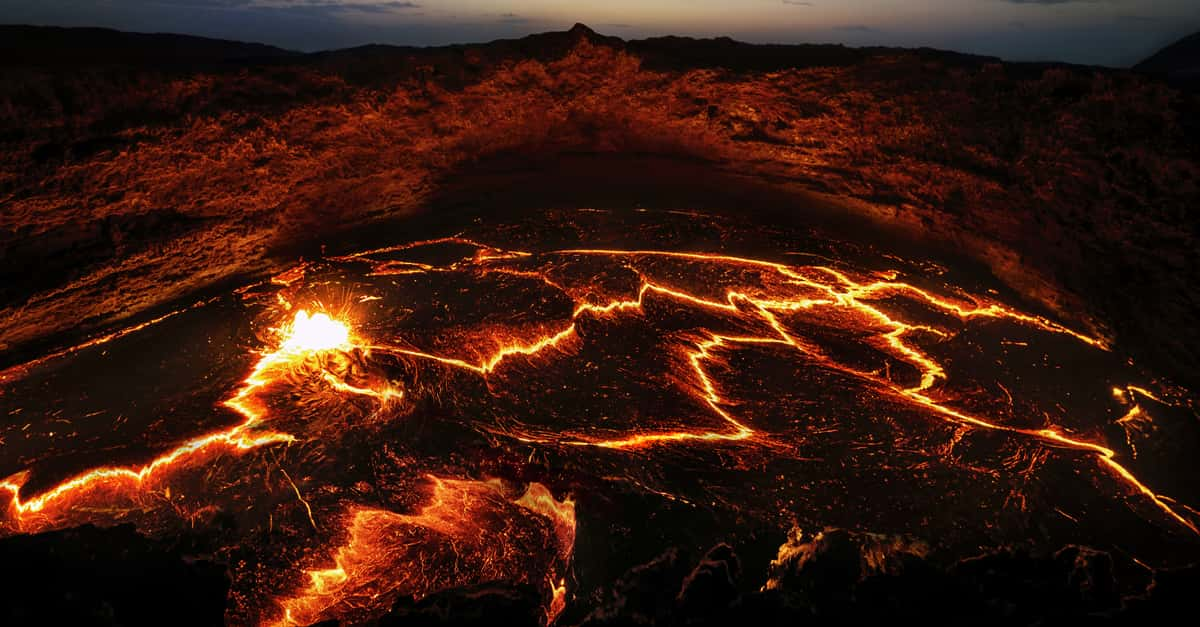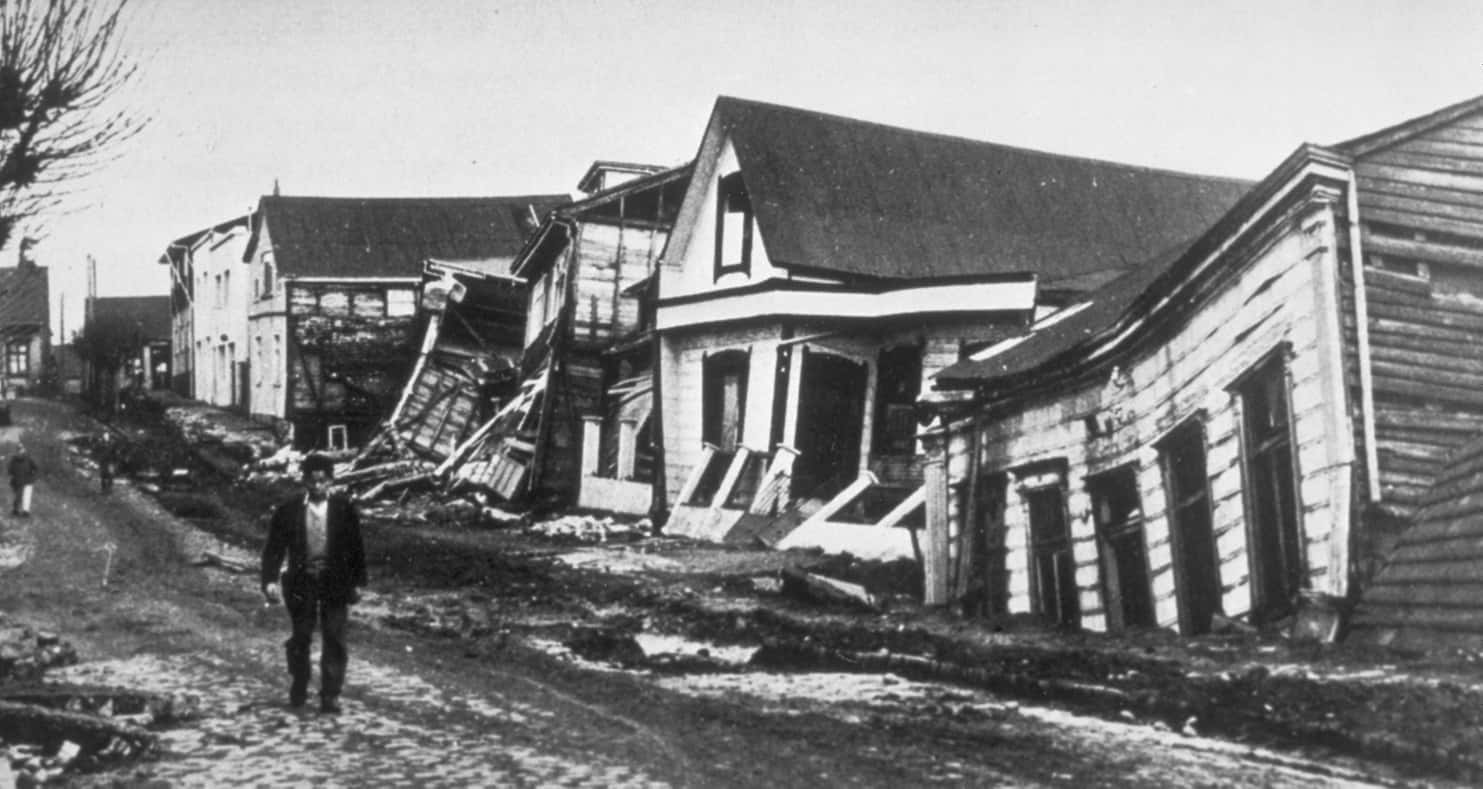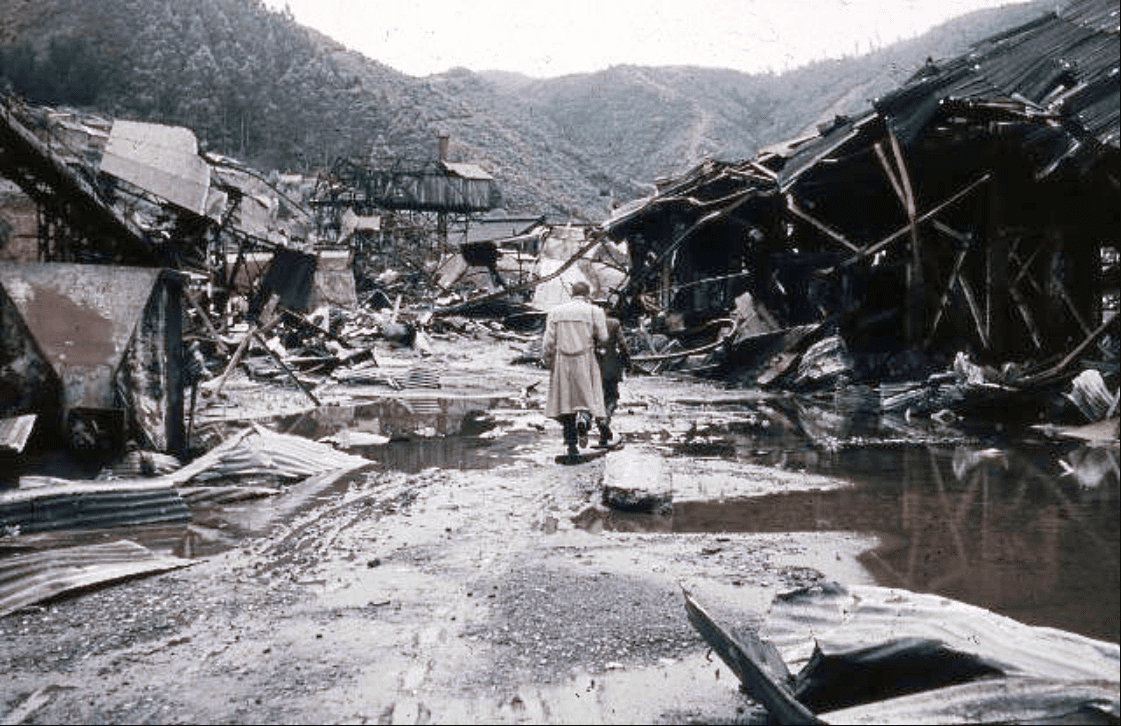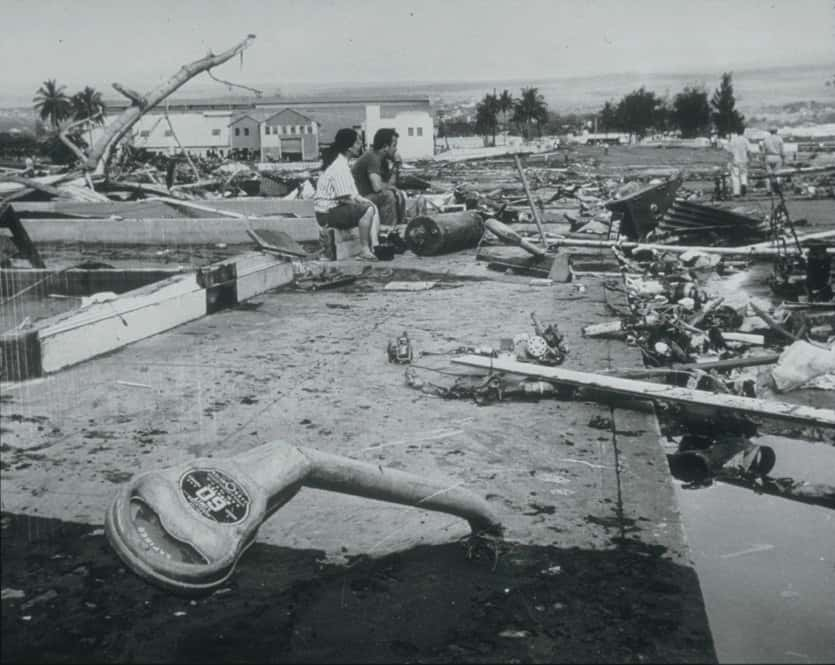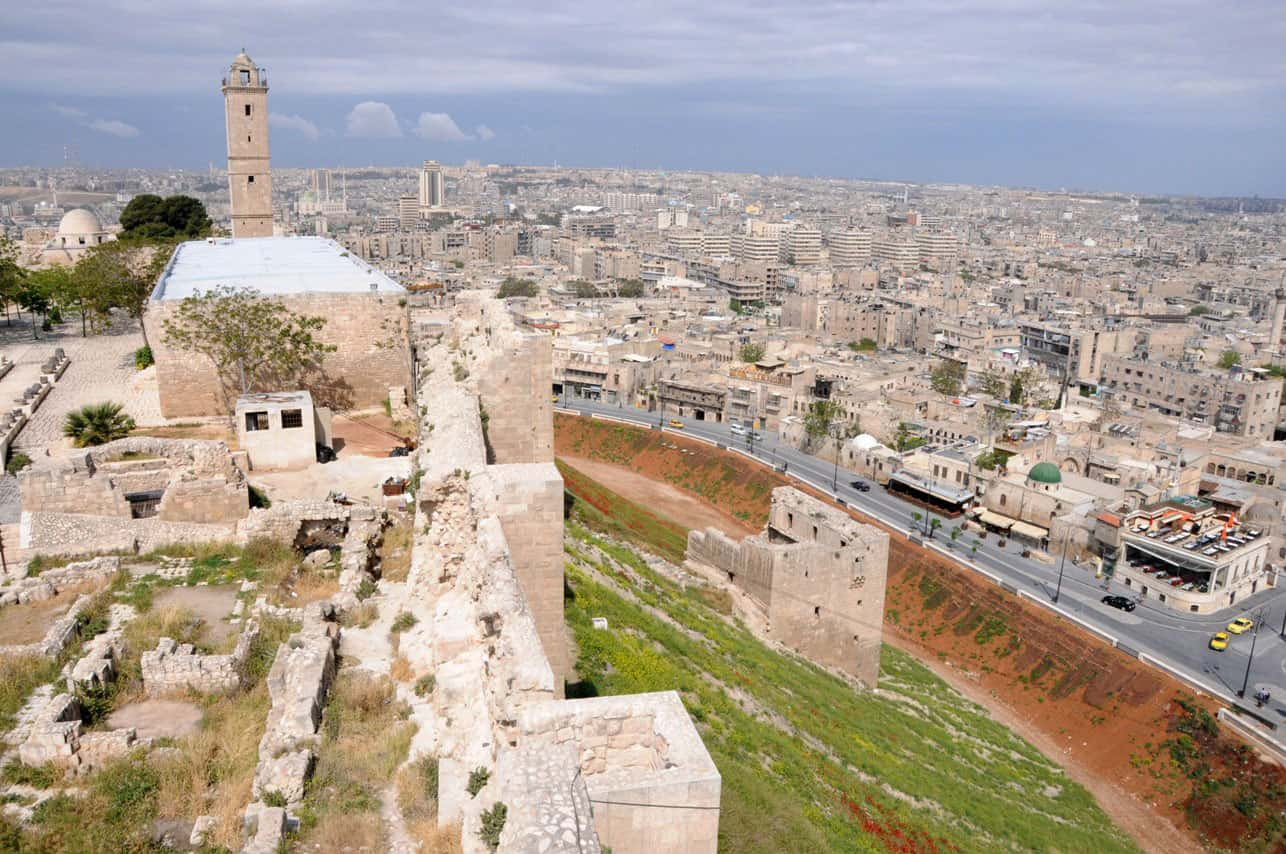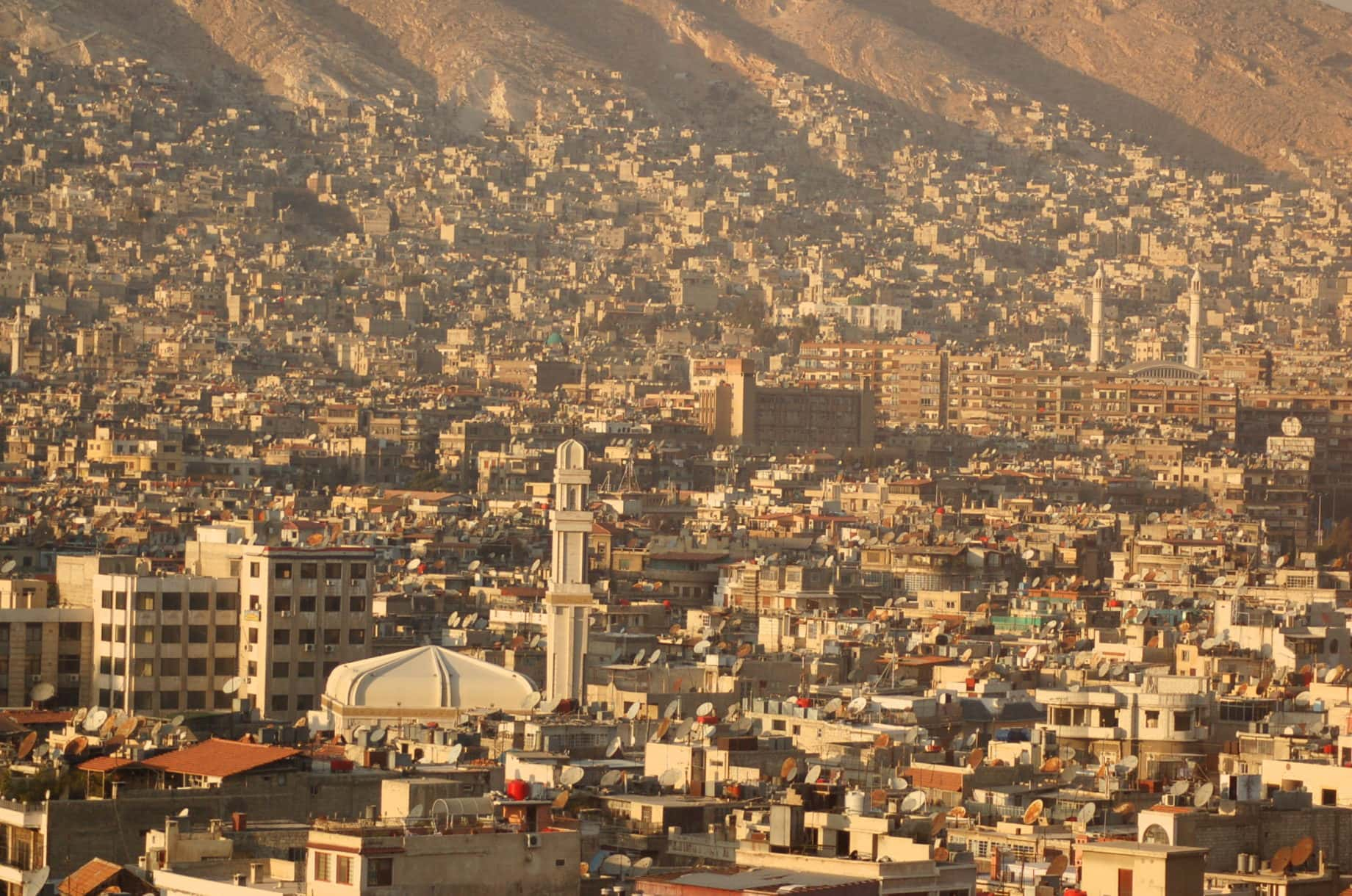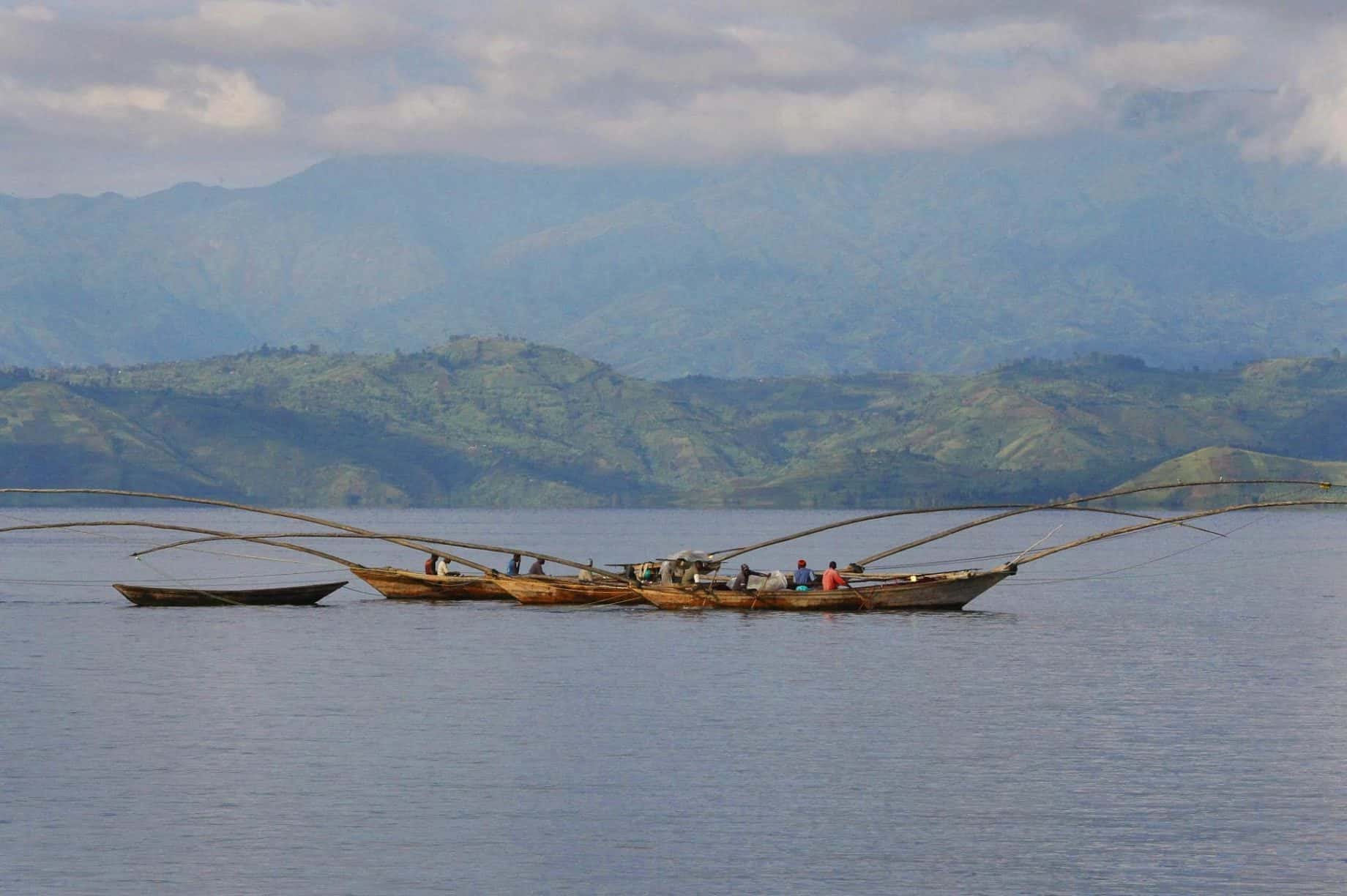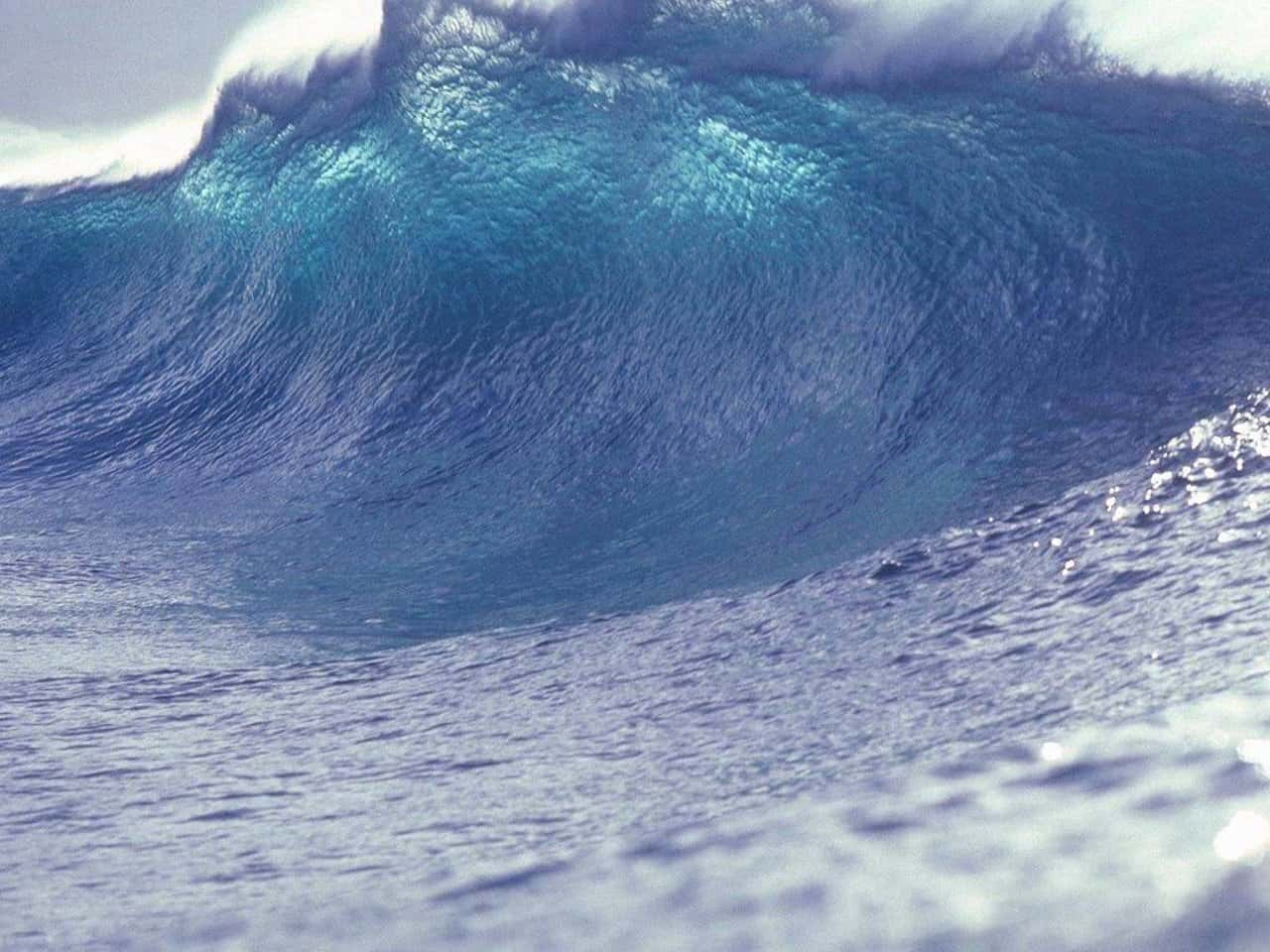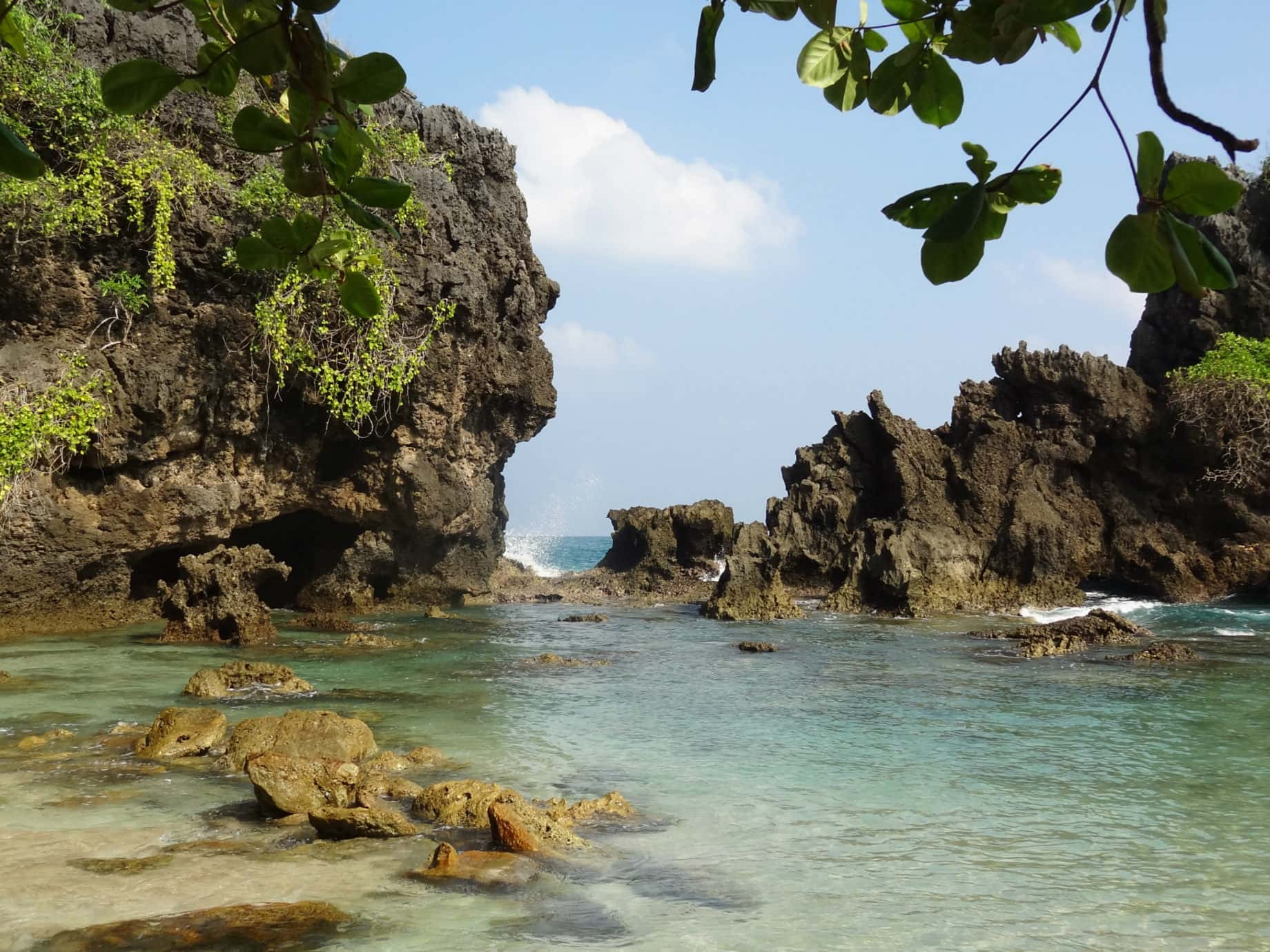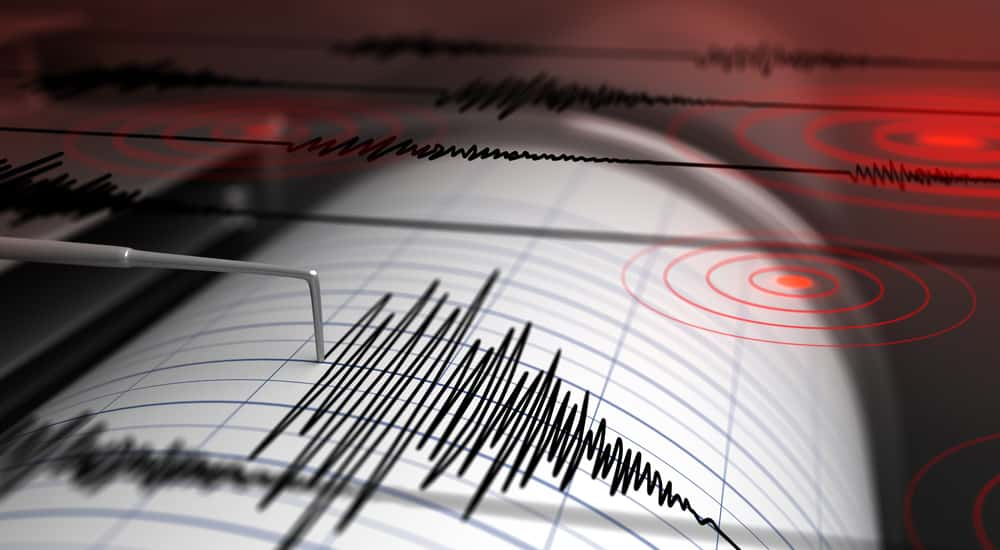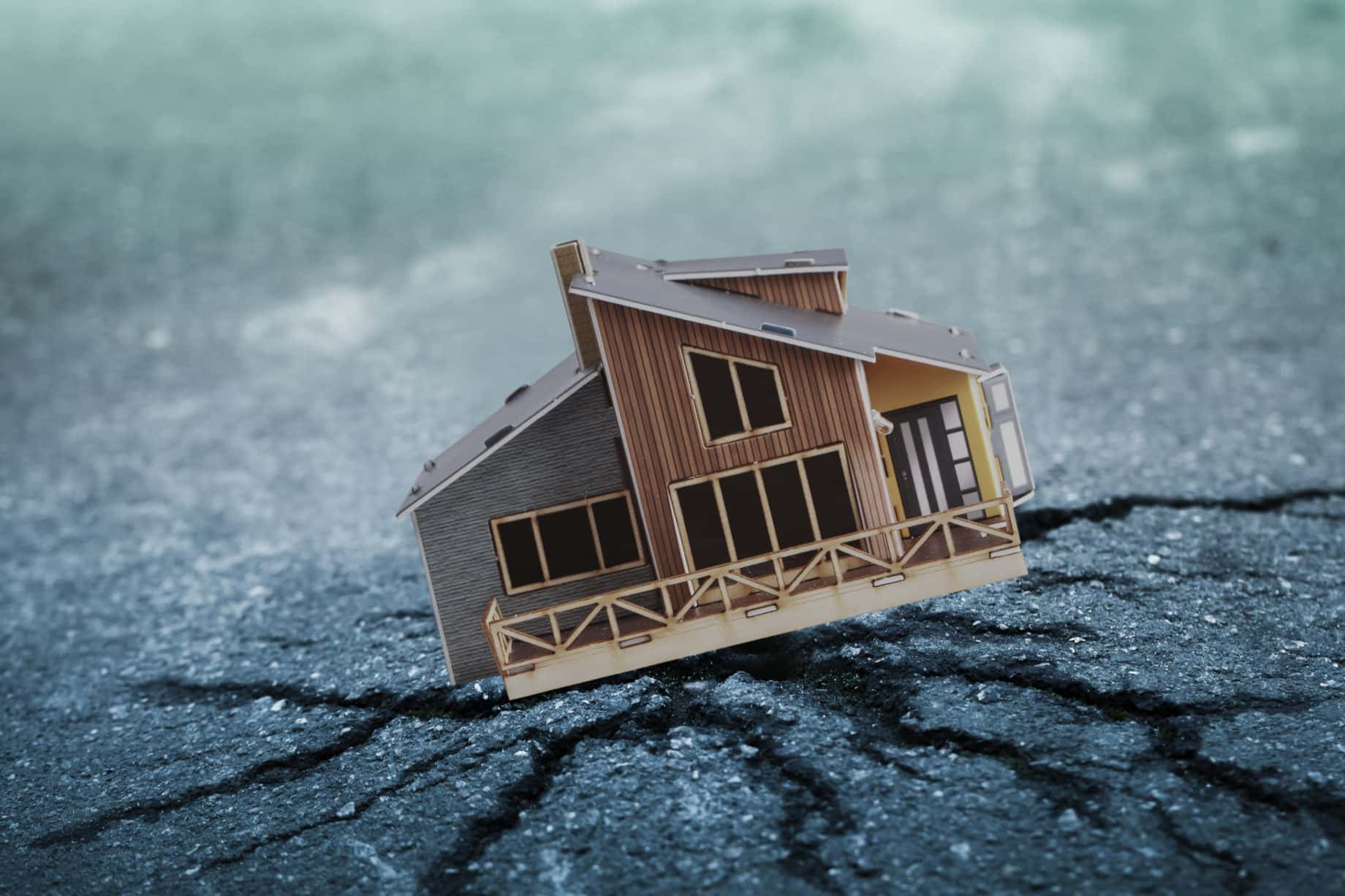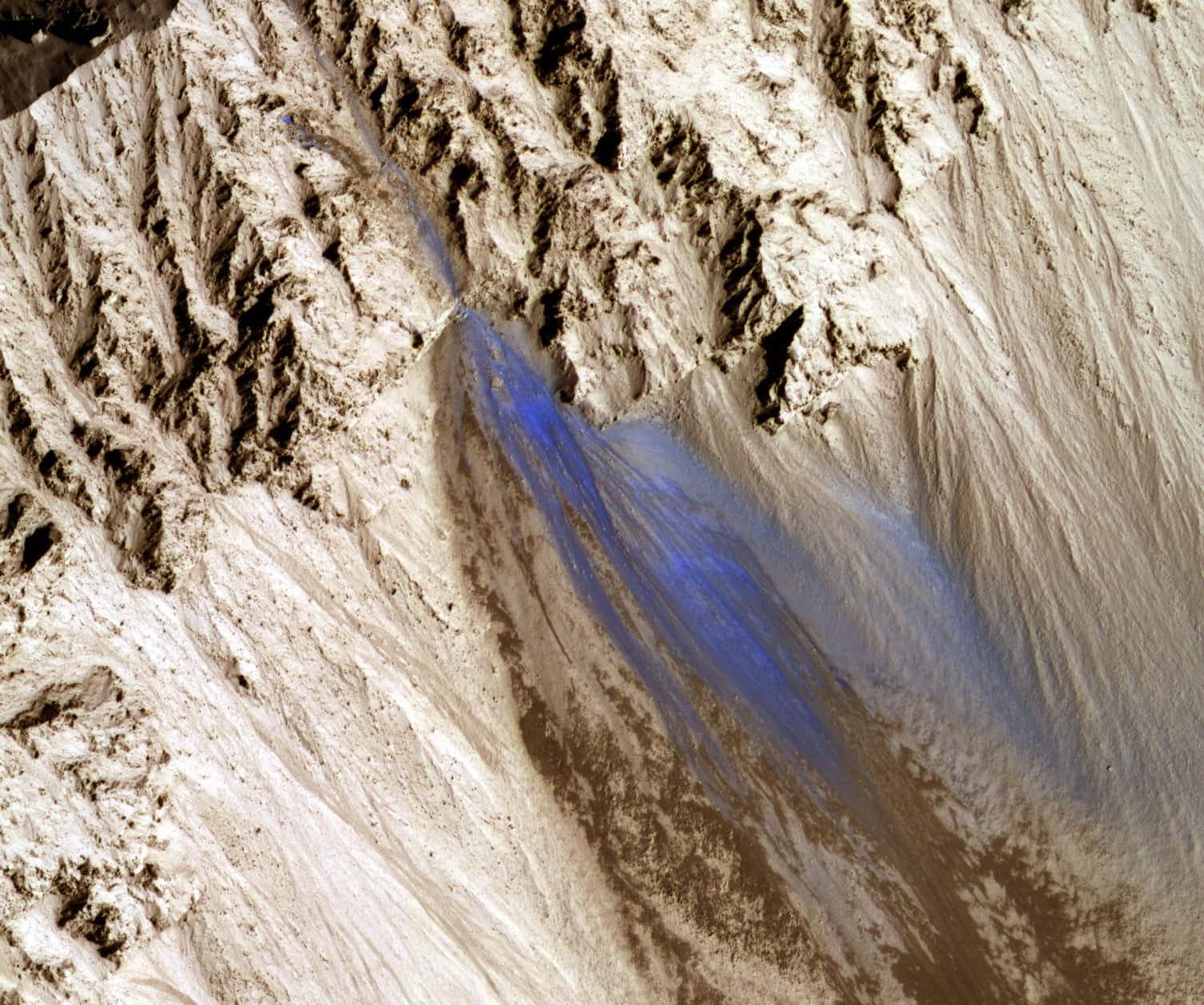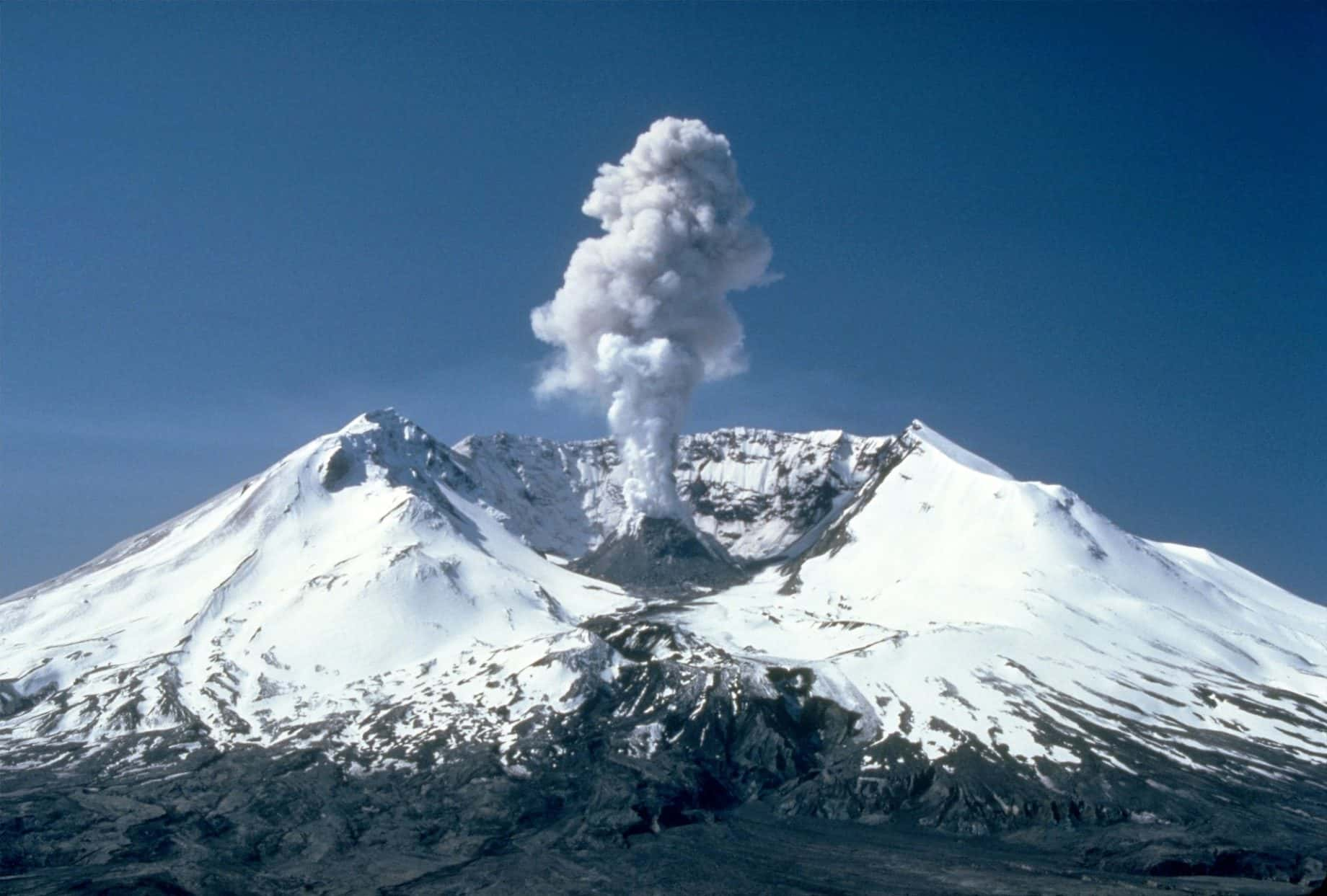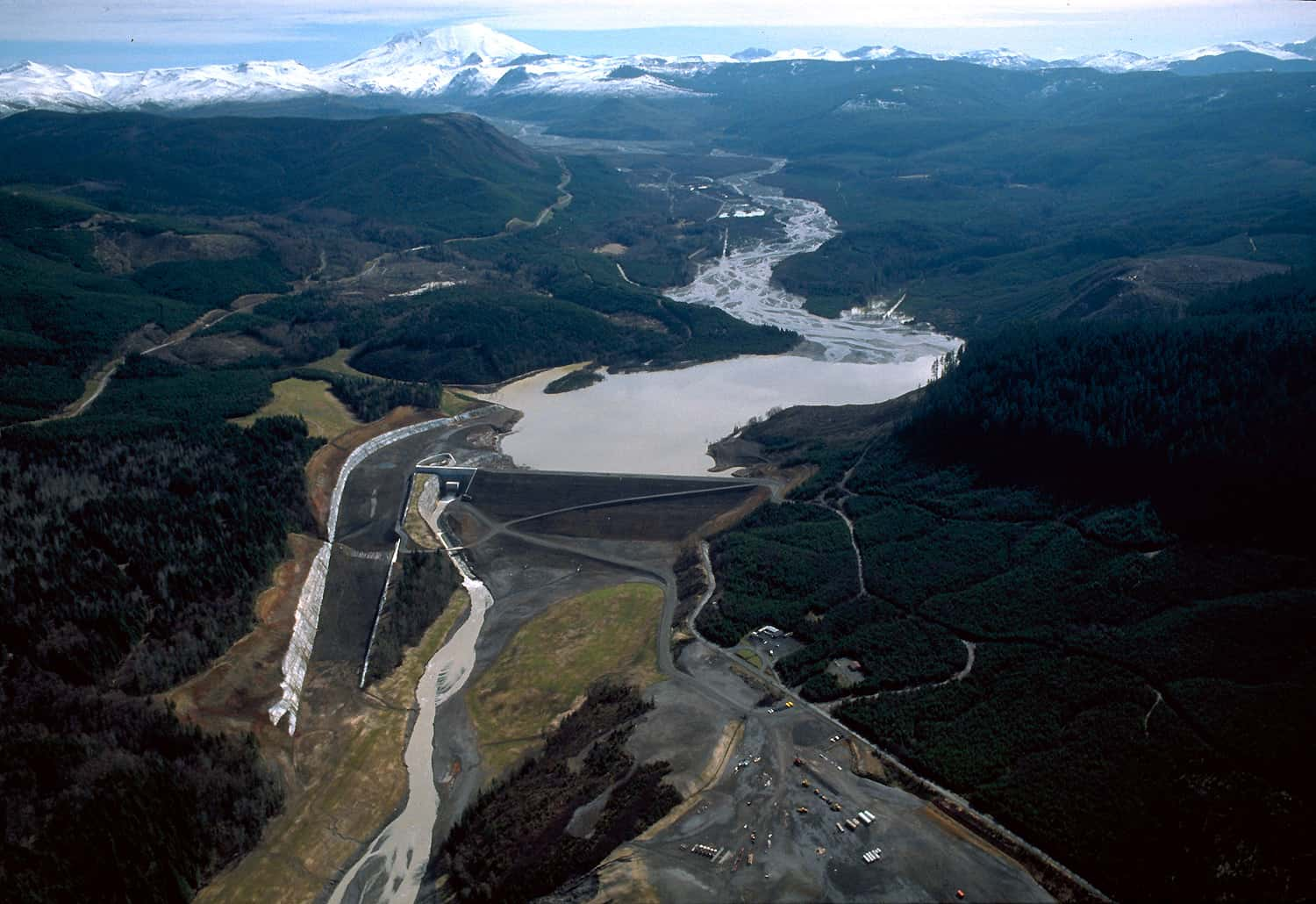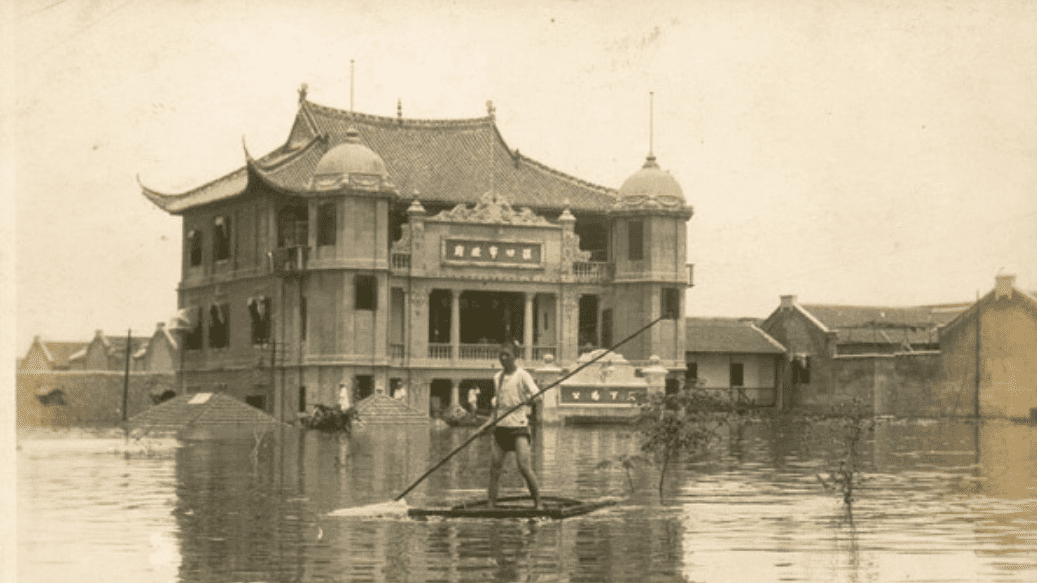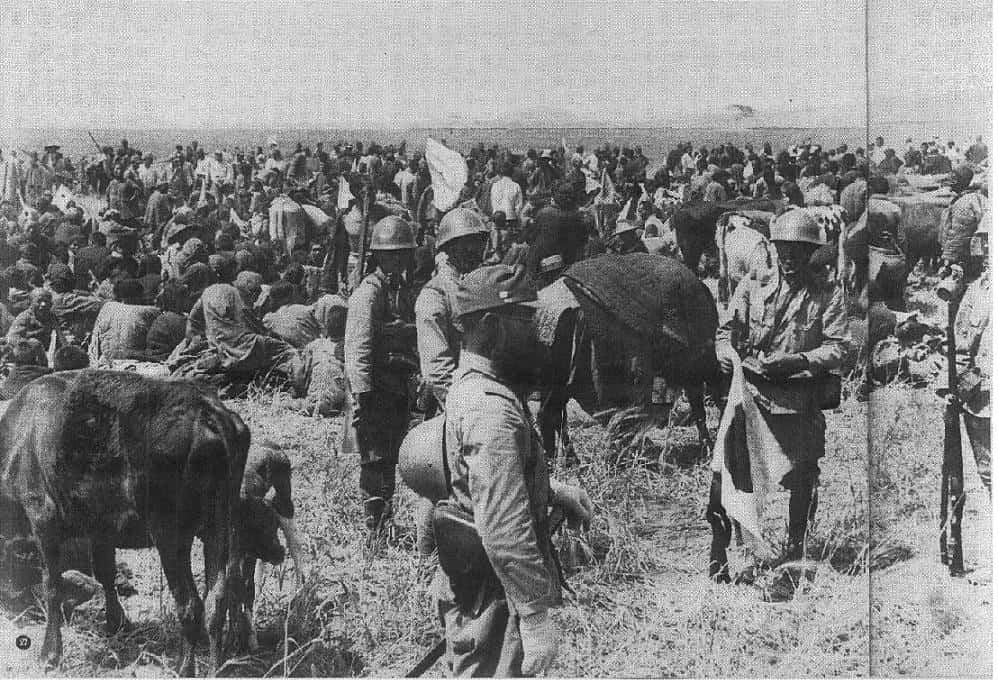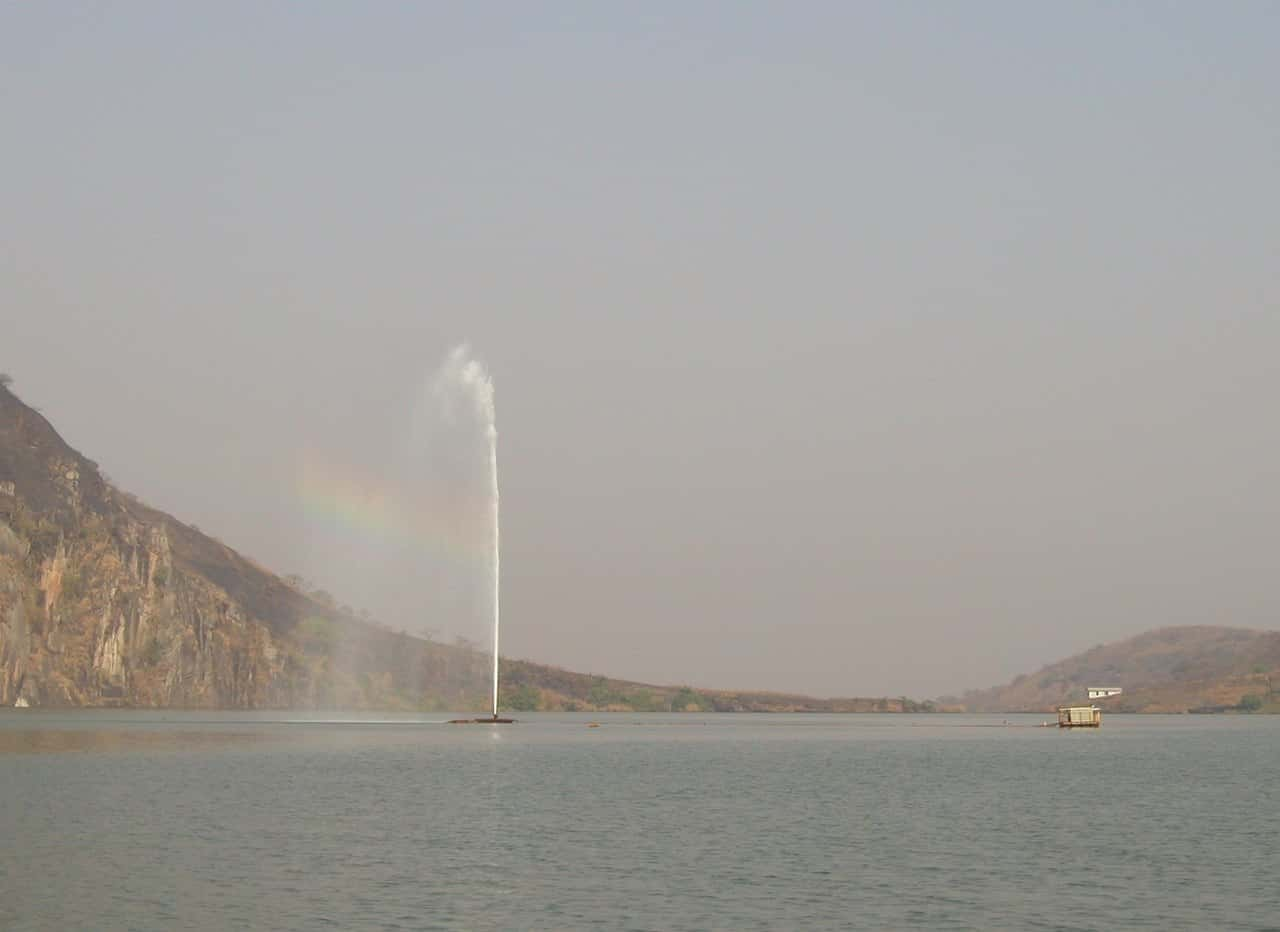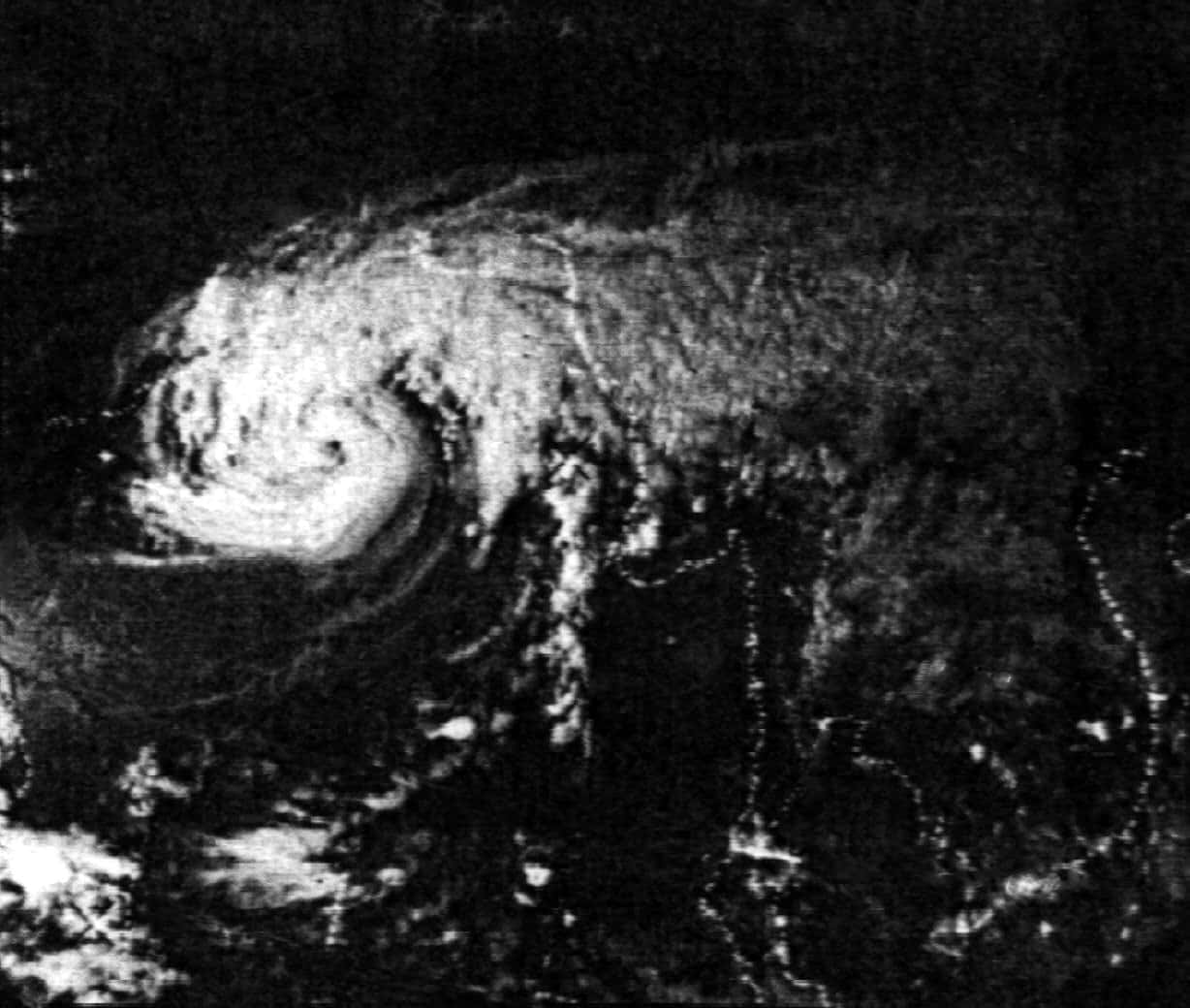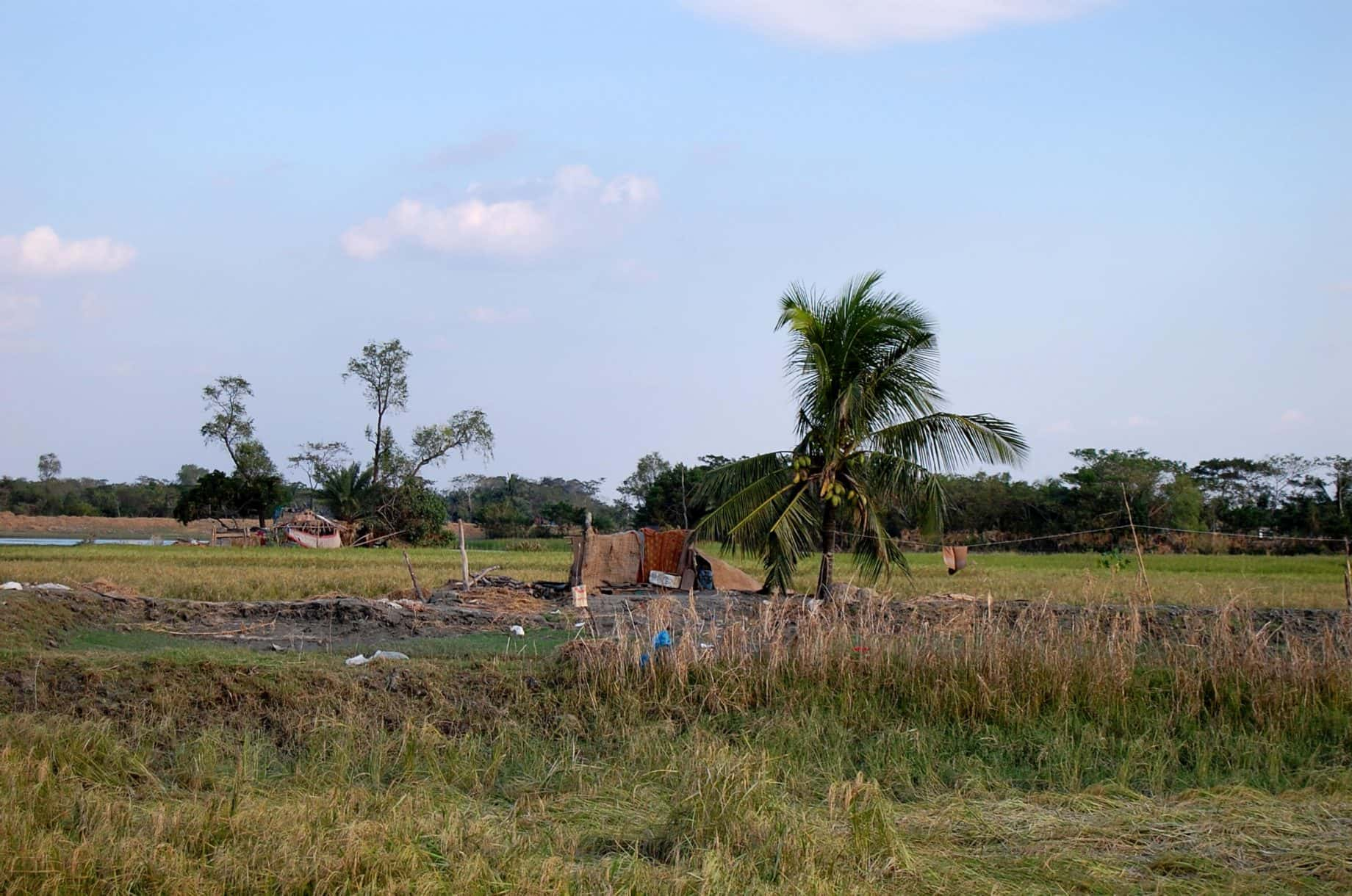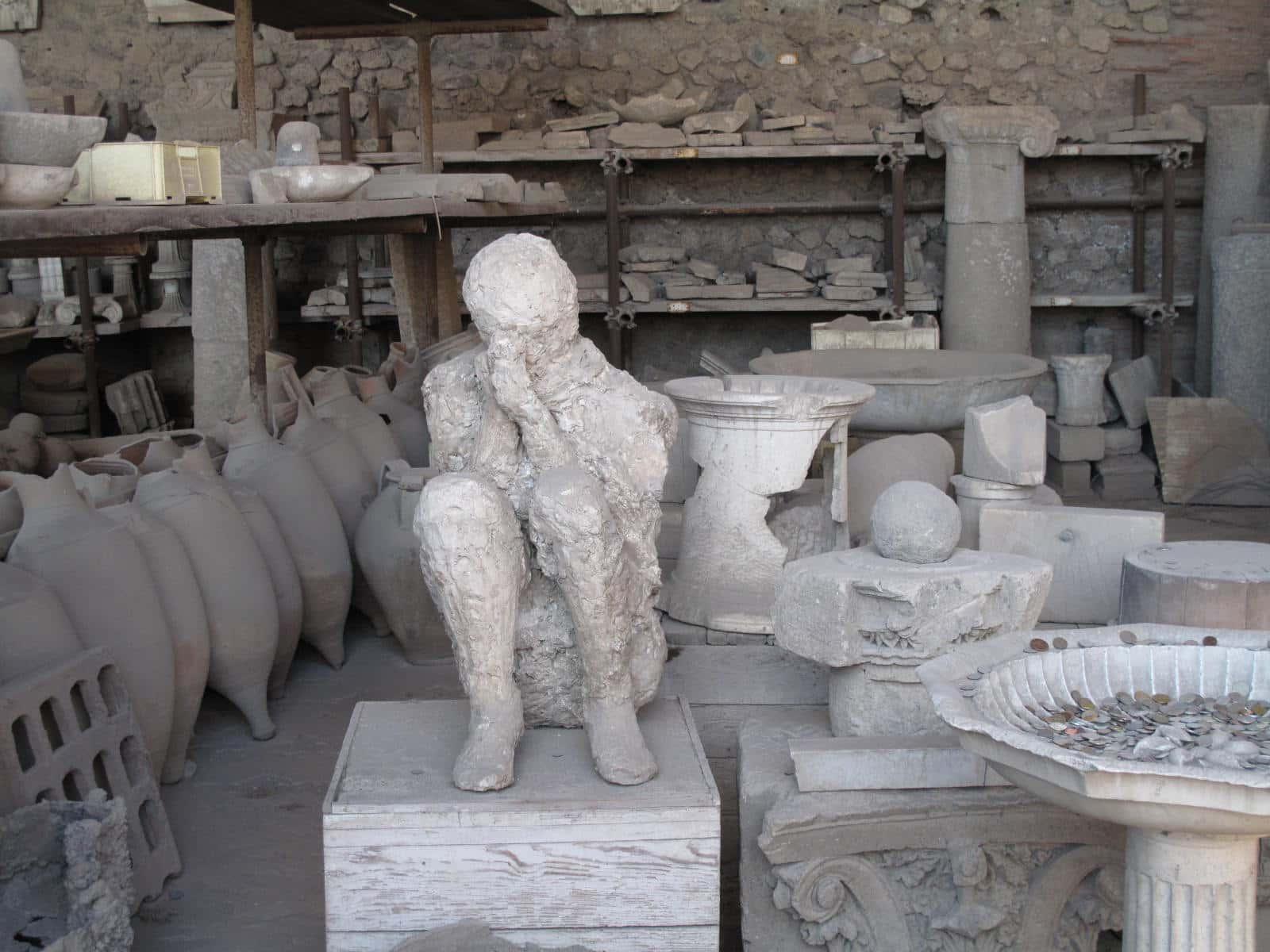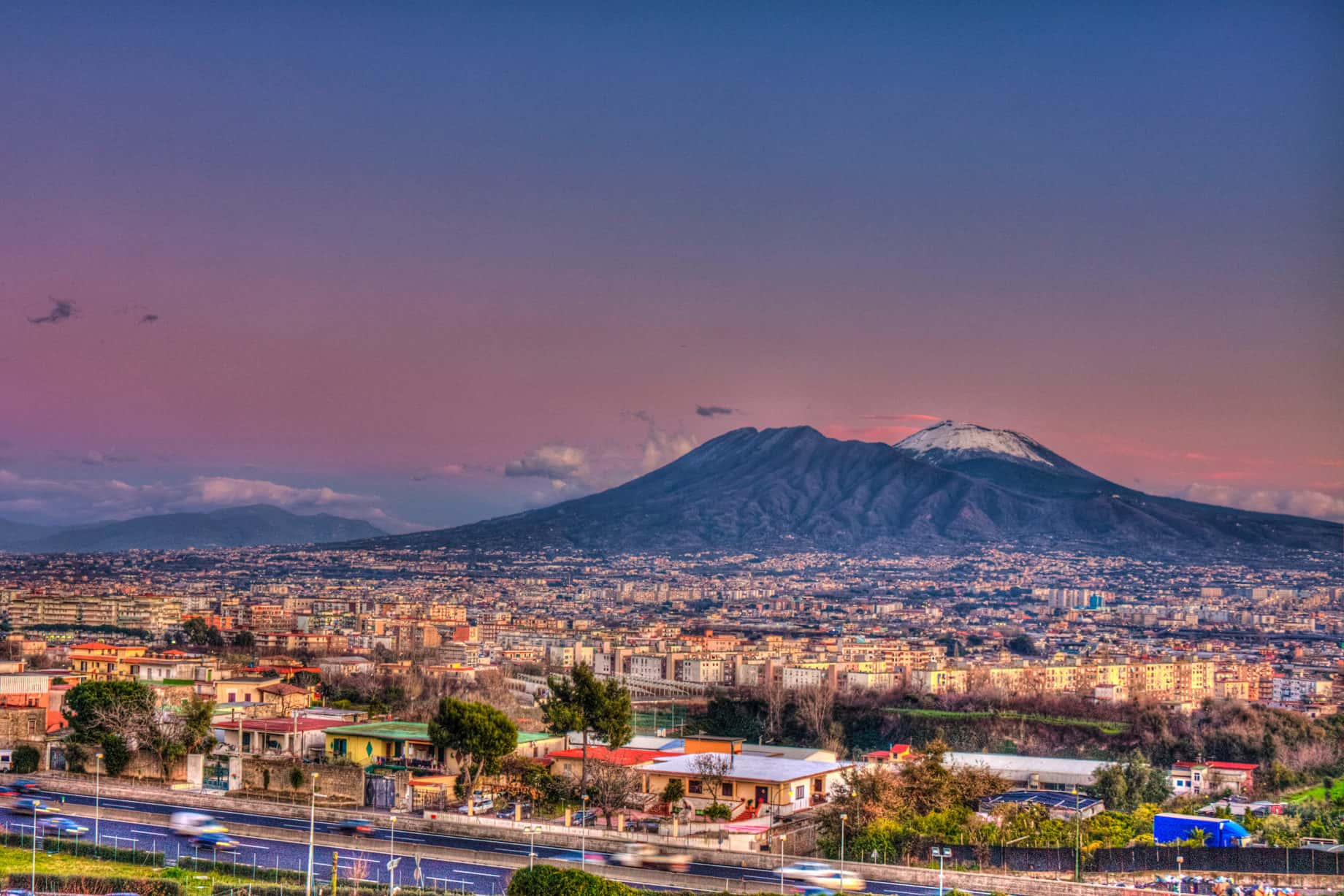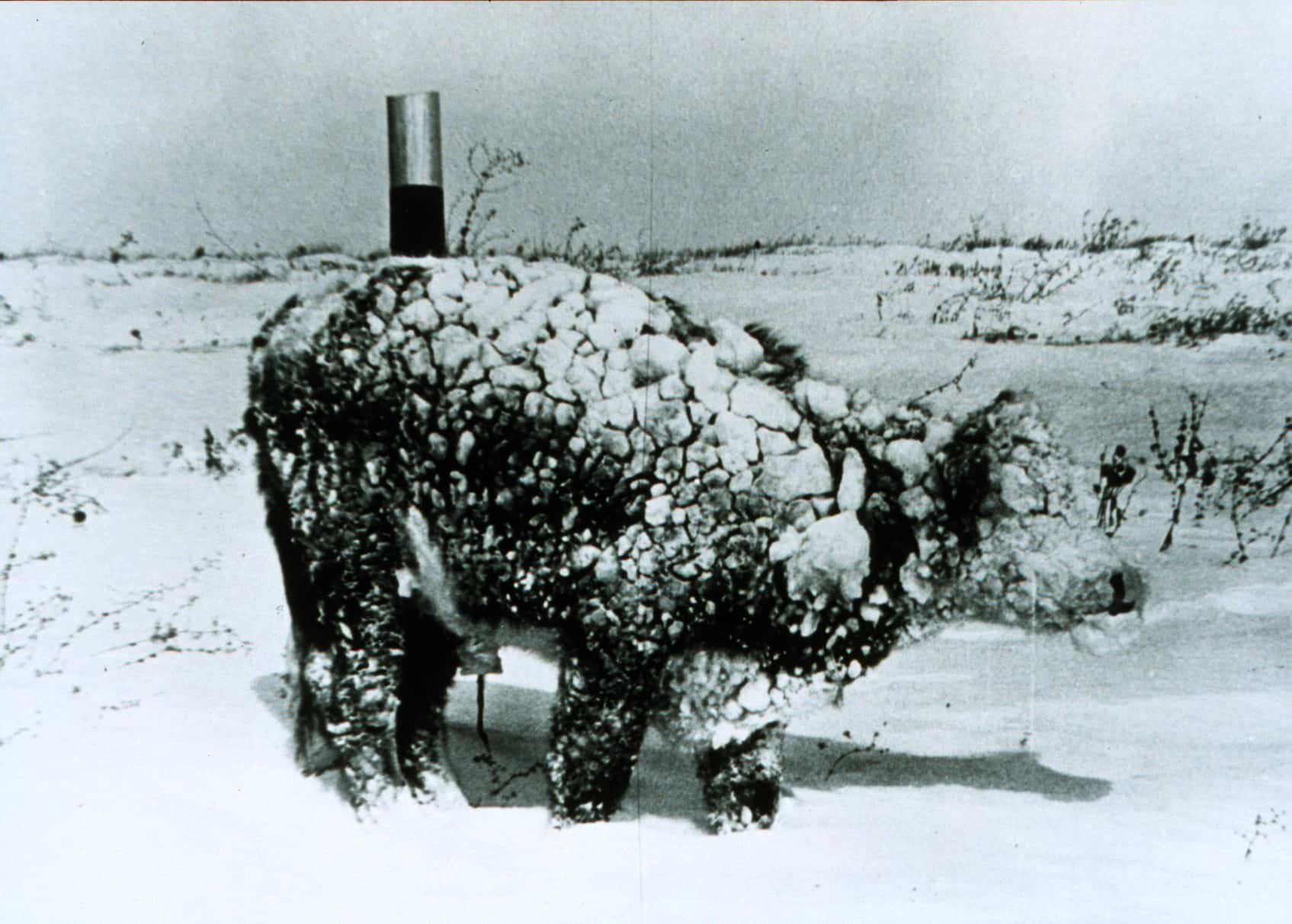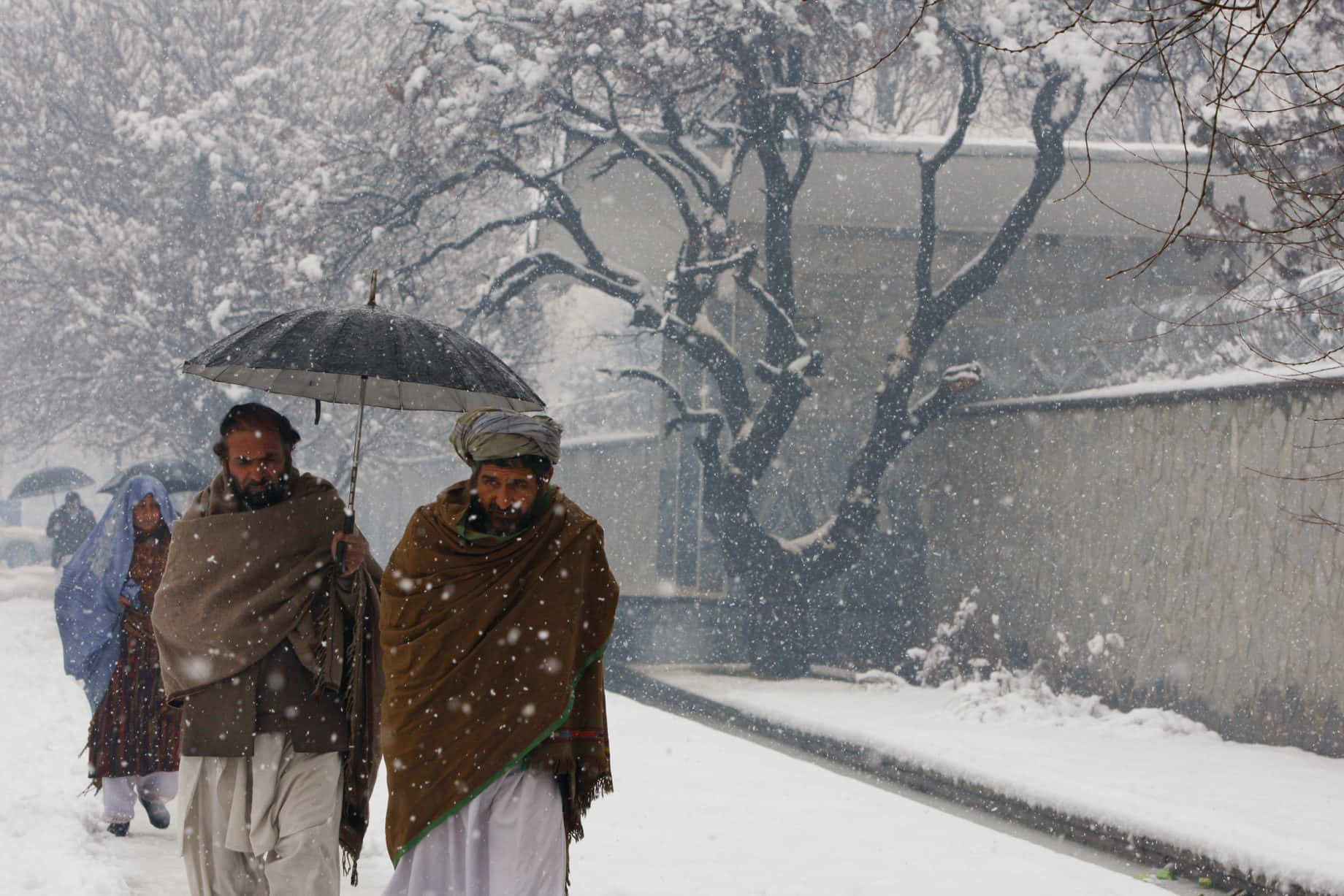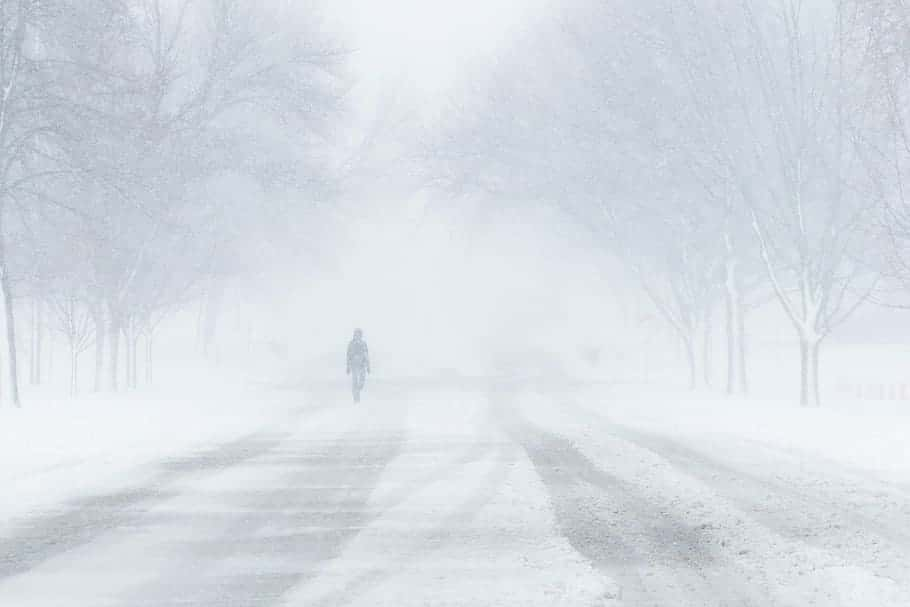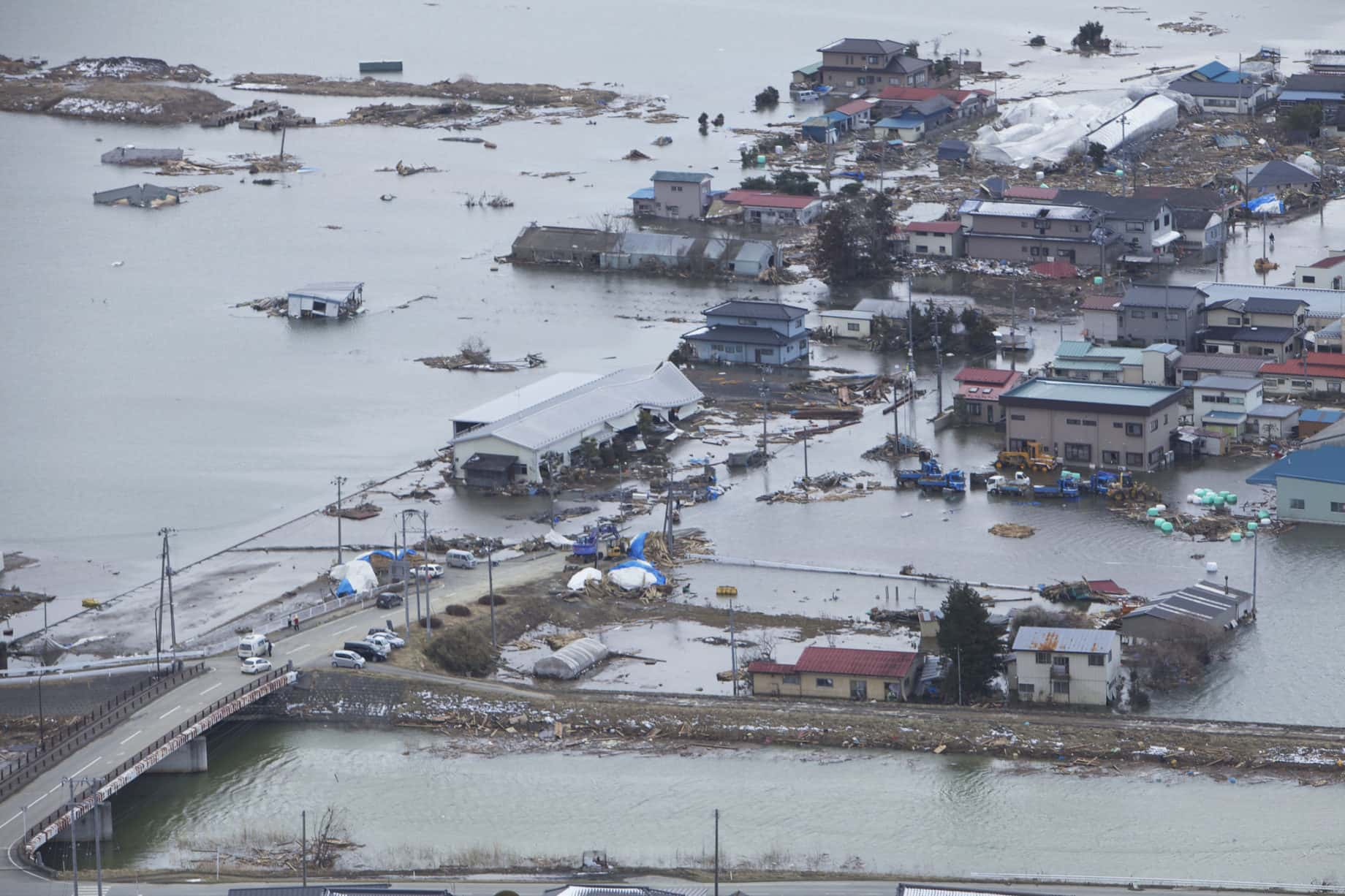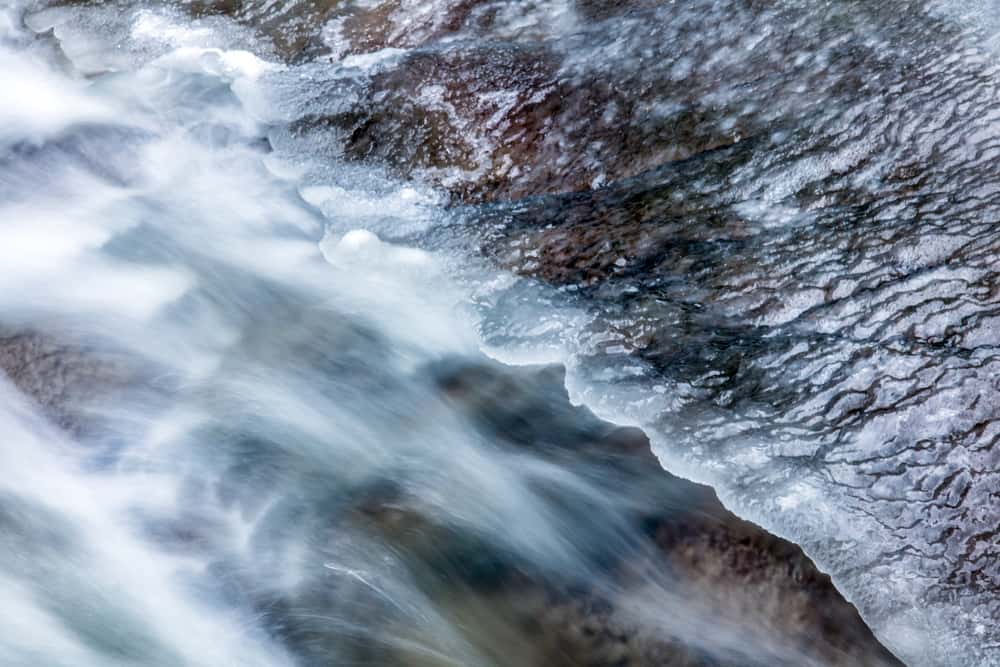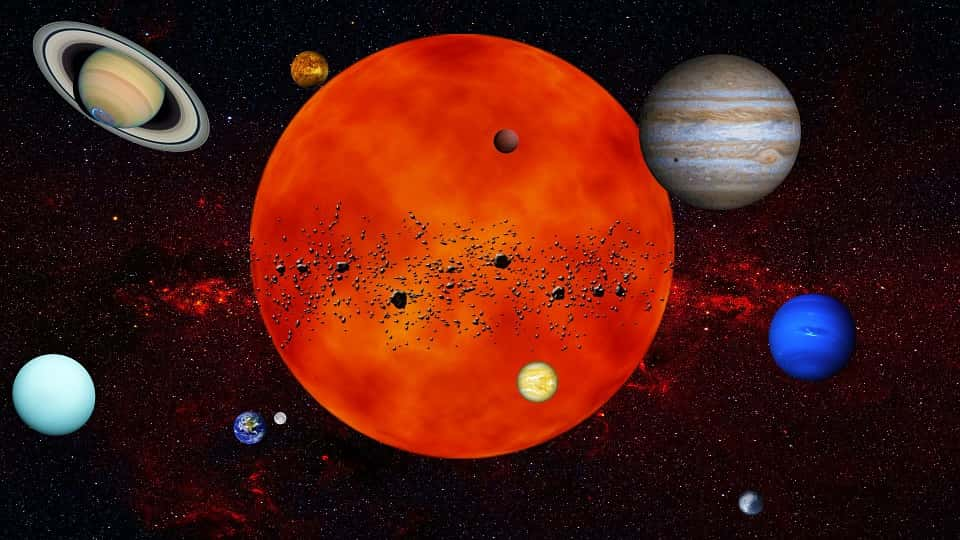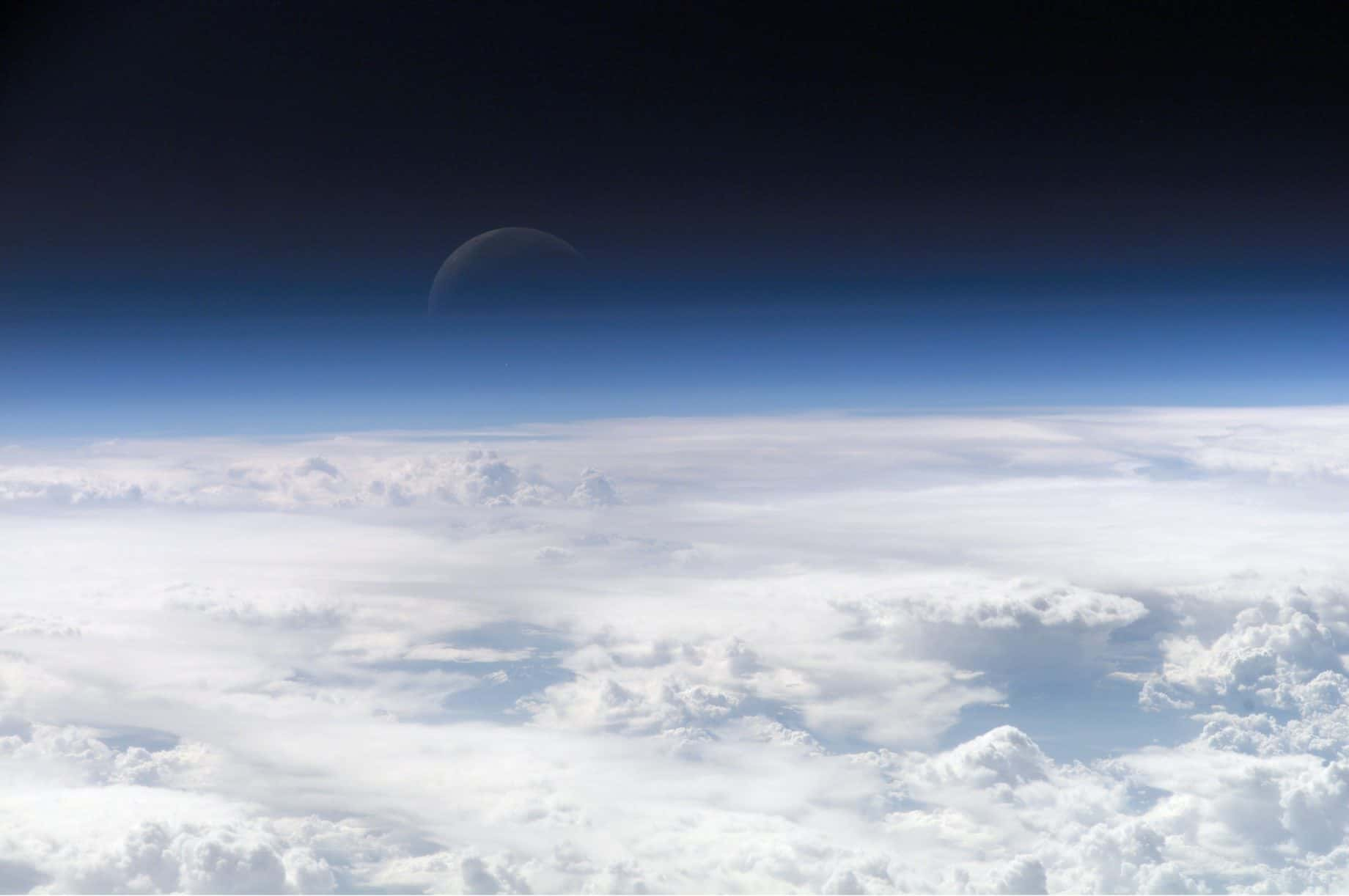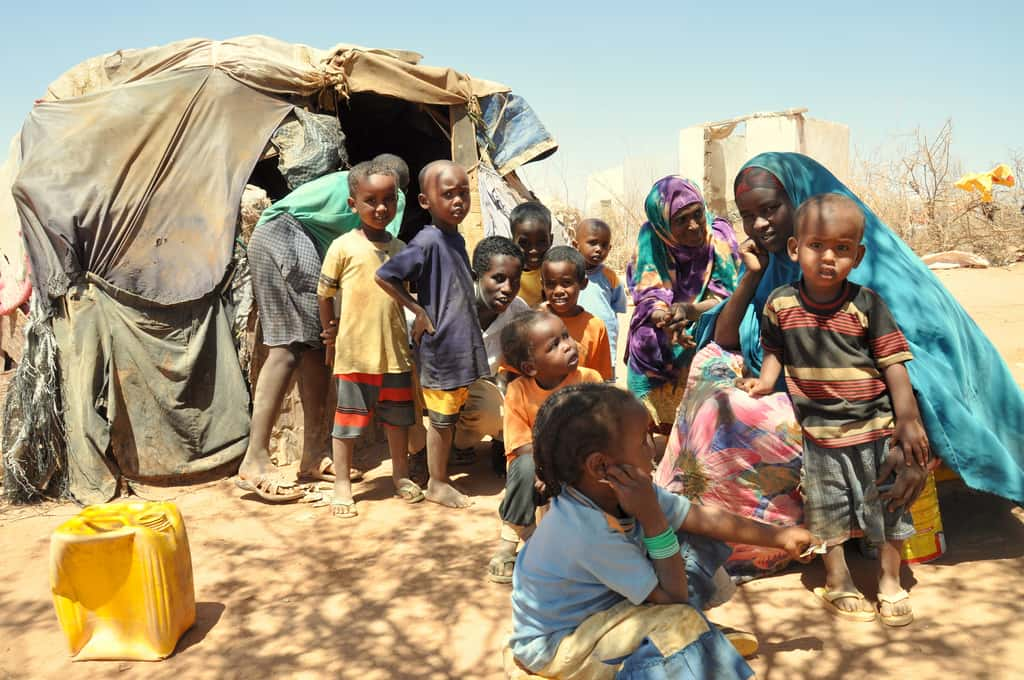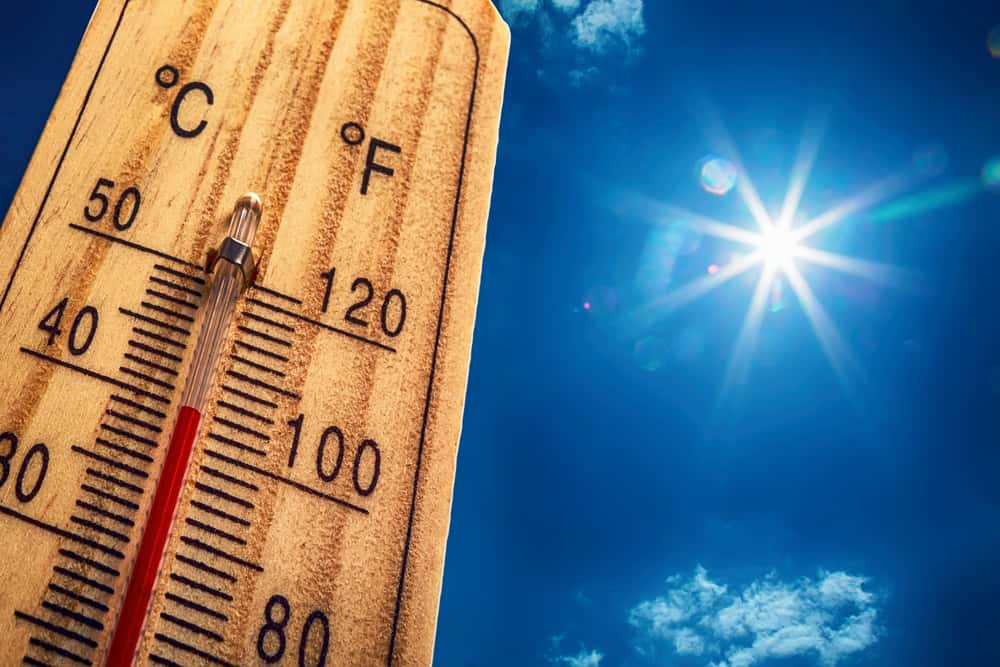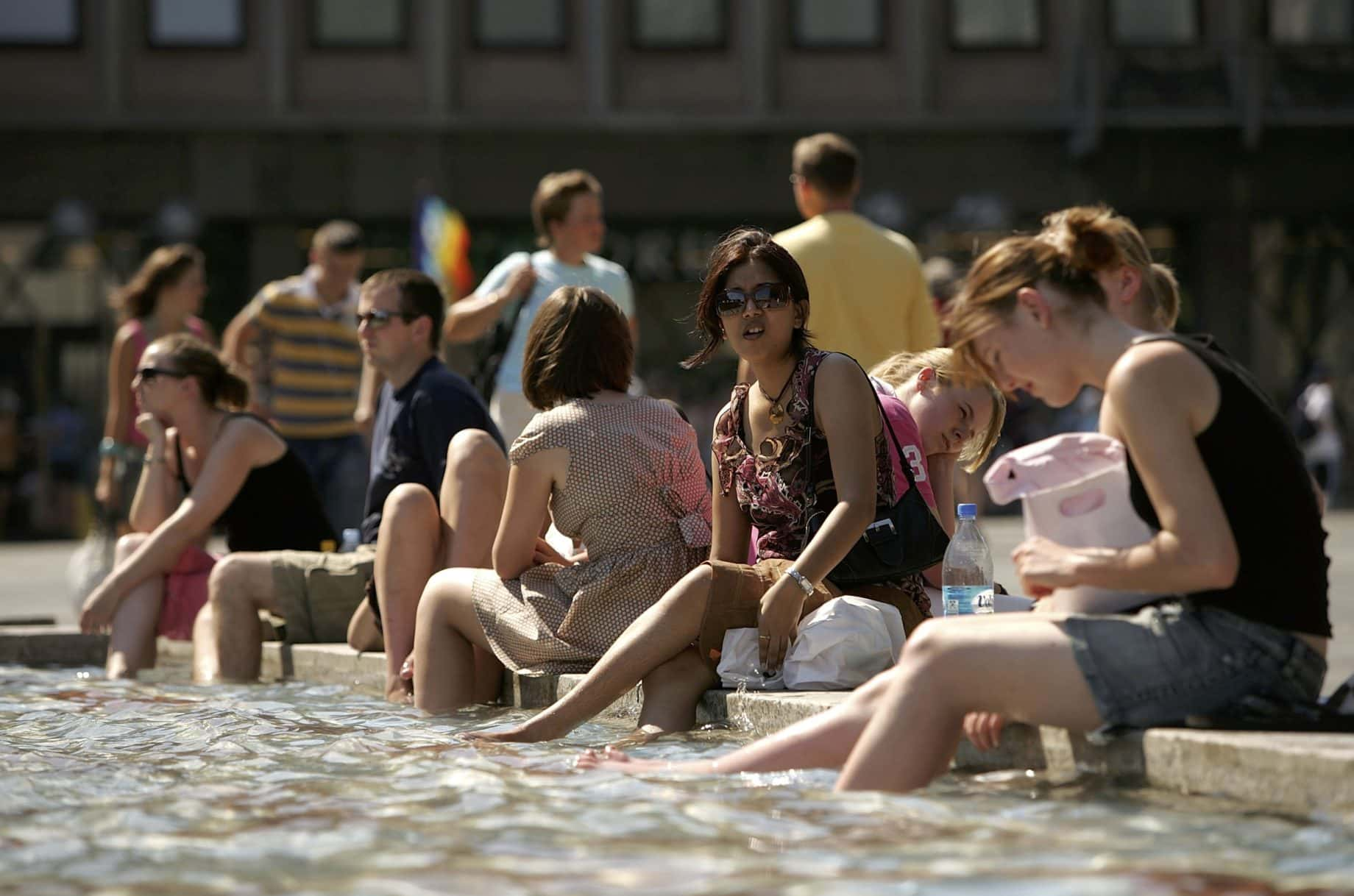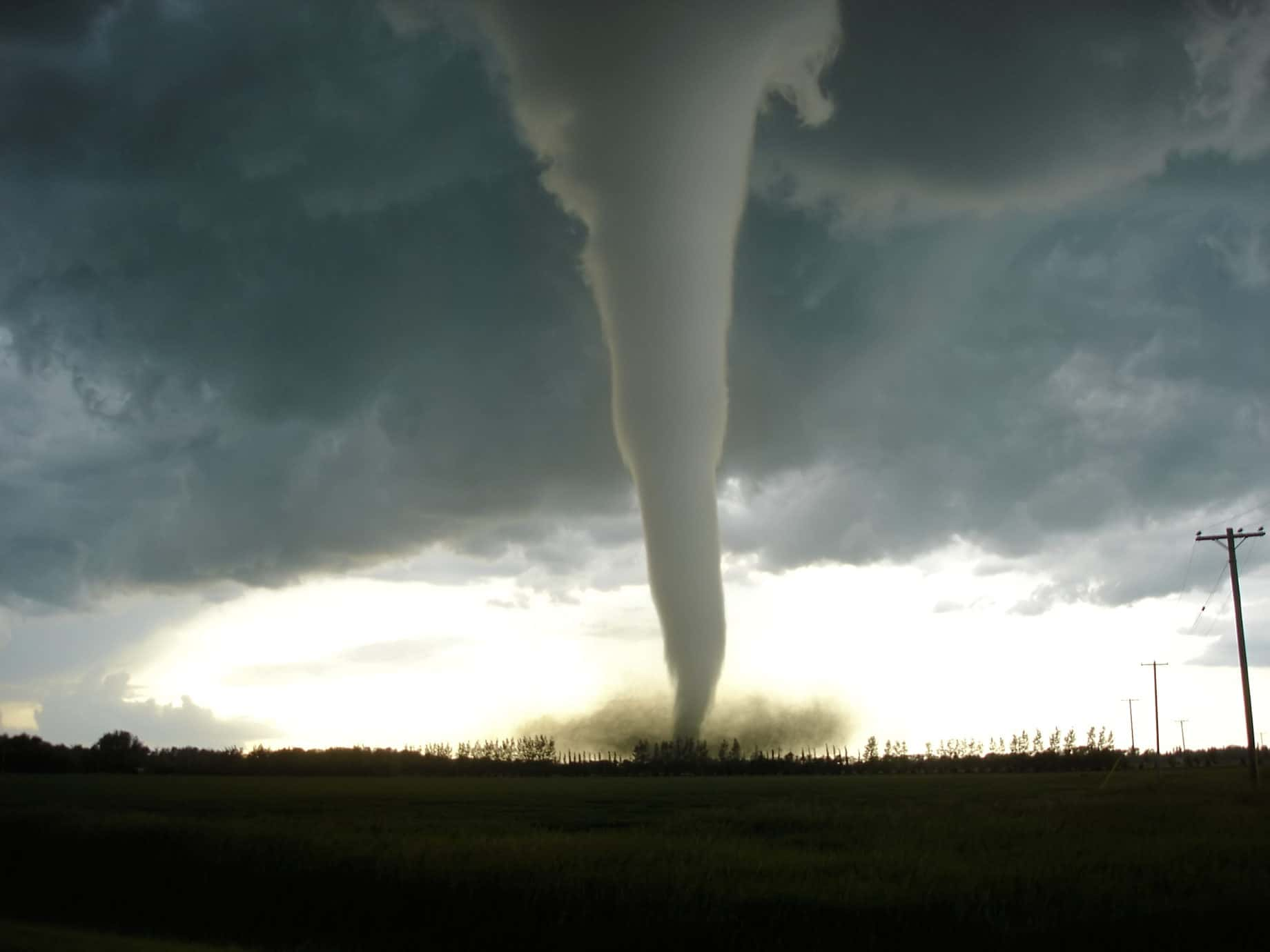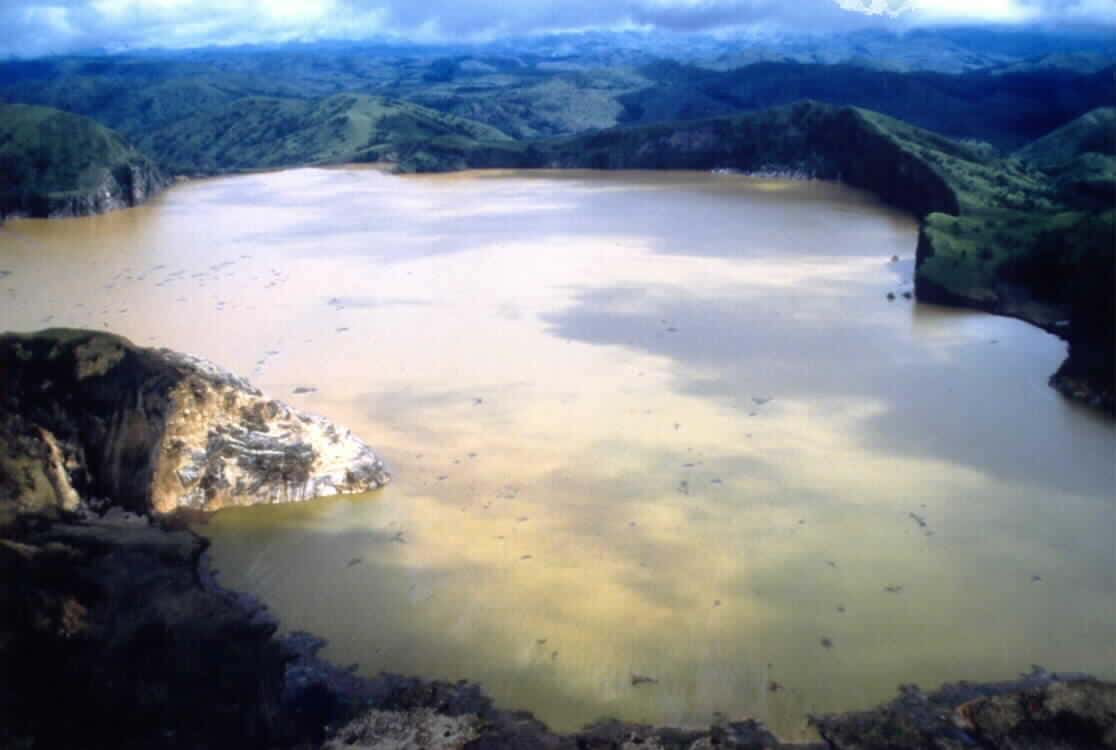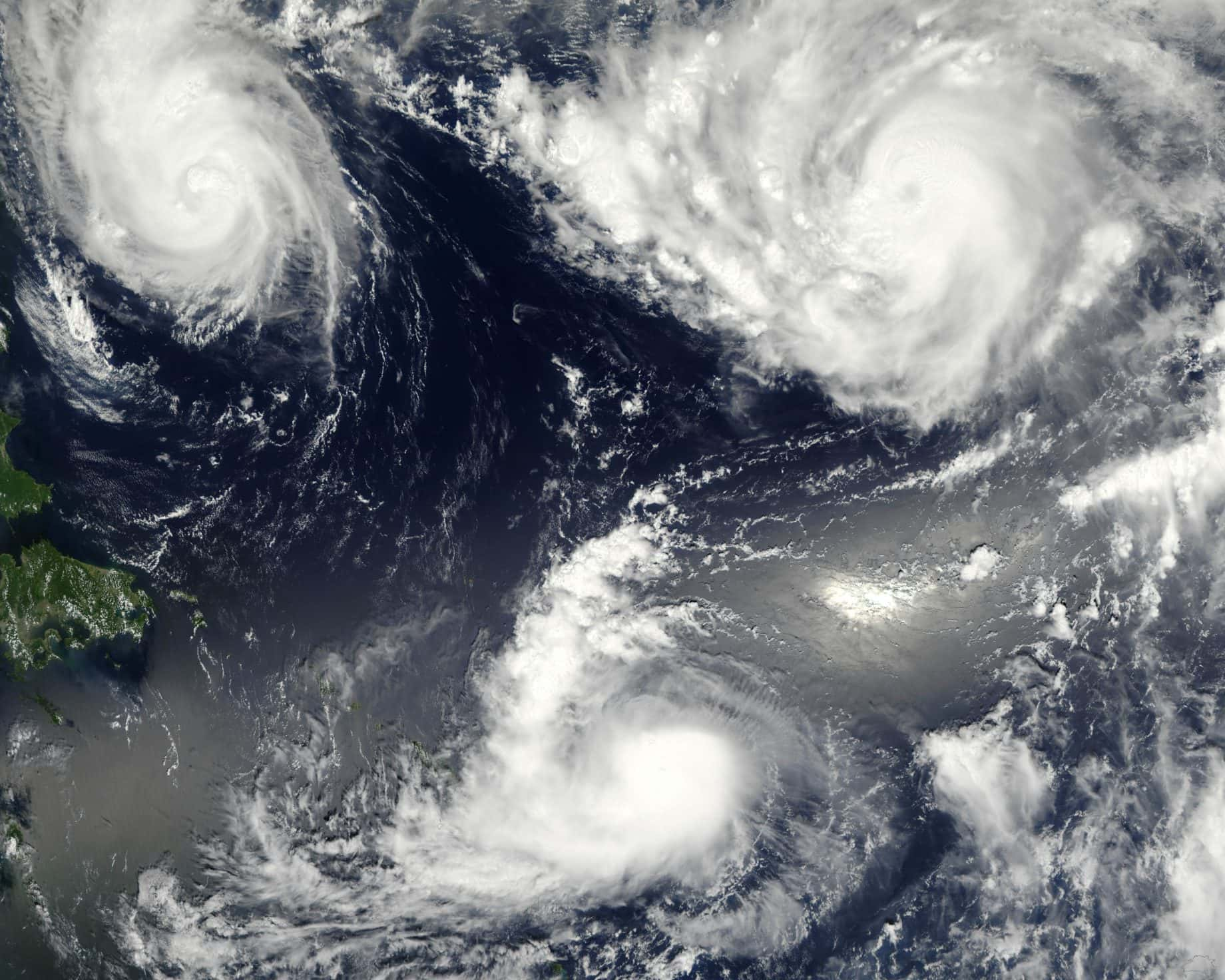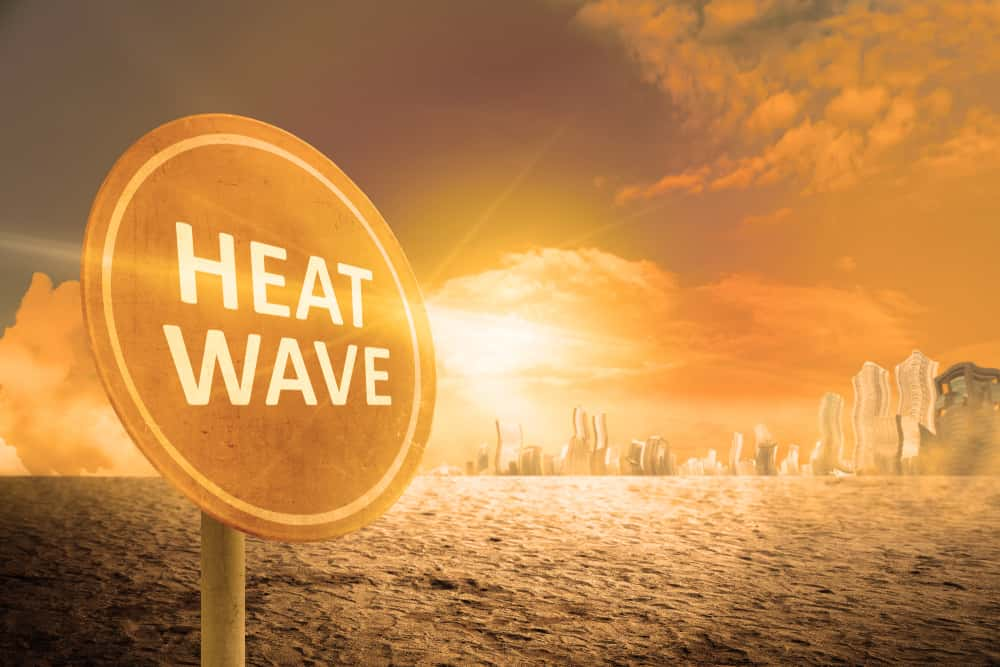At times nature can wow us, stealing our breath away with magnificent natural phenomenon, from sunsets and sunrises to the aurora borealis and more. But nature can also be moody and dangerous, and when the time, place and temperature are right, mother nature can destroy everything she created, often in cataclysmic ways. The effects of natural disasters have been shaping entire civilizations for millennia. Humans are no match for mother nature, and we're often reminded of her power and strength not only in the face of beauty but also in insurmountable devastation. So if you're prepared to weather the storm, read on to learn 42 treacherous facts about some of the natural disasters to strike humankind throughout history.
History's Worst Natural Disasters Facts
42. One Bad Quake
The most powerful earthquake in recorded history was the Valdivia earthquake in Chile that occurred on May 22nd, 1960. Also known as the Great Chilean Earthquake, it lasted around 10 minutes and was placed at 9.4-9.6 on the magnitude scale.
41. A Long, Deep Scar
The Valdivia earthquake resulted in a tsunami that hit southern Chile in the eastern pacific and swept across Polynesia through Hawaii, Japan and the Philippines and went as far as to touch eastern New Zealand and southeast Australia in the west. That’s a whopping 11,815 km of reach from Santiago, Chile to Brisbane, Australia.
40. Big Quake, Big Losses
It is estimated that the Valdivia earthquake killed somewhere between 1,000 and 6,000 people, and the monetary losses are believed to be between $3.31 billion and $6.62 billion USD worth of damage (prices adjusted to today’s dollar).
39. An Ancient Disaster
On October 11th in 1138 AD, an earthquake with a magnitude of 8.5 hit Aleppo, Syria. The city was unprepared for such a devastating event, and the quake wiped out approximately 230,000 people, making it one of the deadliest in history.
38. Cross Country Rattler
Allegedly, the earthquake could even be felt in the capital, Damascus, sitting 220 miles south of Aleppo.
37. The Longest Ten Minutes Ever
In 2004, on December 24th, a massive 9.3 magnitude underwater earthquake caused devastating tsunamis that hit several countries in Southeast Asia. The Indian Ocean earthquake (also known as the Sumatra-Andaman earthquake) lasted longer than any earthquake ever accurately recorded—between 8.3 and 10 minutes—and it's effects were perhaps the worst the people of the 21st century had ever seen.
36. Put to Good Use
On the border of the Democratic Republic of Congo and Rwanda, near Lake Nyos, is another similar lake called Lake Kivu. Kivu has not erupted but has a similar gas build-up, plus an enormous amount of methane trapped underneath, both of which could result in another fiery explosion. To hopefully avert a crisis, pipes were installed in the deeper parts of the lake to alleviate pressure by allowing the gas to escape. The gas has since been siphoned off to generate electricity for the two countries, making the most of the dangerous circumstance.
35. Reading the Signs
The island of Simeulue was hit the hardest, but fortunately, since the island has a history of tsunamis, the local elders have passed down stories about the waves to their children. Because of this history, the island's inhabitants know what the warning signs of a tsunami look like: when they notice that the water has receded to reveal fish and coral, they shout “Semong! Semong!” (meaning tsunami), and everyone runs to higher ground.
34. Ancient Wisdom
The folklore of the Onge Tribe from Little Andaman off the Indian coast also features tsunamis. Stories talk about the "huge shaking of ground followed by high wall of water." Thus, when the members of the tribe feel an earthquake, they head inland into caves and into high, dense jungle, away from the beaches. Because of this knowledge, the entire tribe of 100 people survived the 2004 tsunamis by fleeing from the coast after they felt the earthquake.

History's most fascinating stories and darkest secrets, delivered to your inbox daily.
33. Trouble In China
In Haiyuan County, in the Ningxia Province in China, an 8.5 magnitude earthquake hit on December 16, 1920, killing 273,400 people. It was the third deadliest natural disaster of the twentieth century.
32. Nature Reconstructed
With earthquakes come an assortment of other deadly disasters. The Haiyuan Earthquake was responsible for veering rivers off track and causing humongous landslides down mountains, one of which completely buried the Chinese town of Sujiahe.
31. Natural Disasters in Outer Space
Scientists have found that landslides don’t just occur on Earth. Based on the evidence accumulated from orbiting satellites, landslides have been known to happen on Mars and Venus.
30. Appetite For Destruction
When Mount St. Helens erupted in May 1980, it caused the largest landslide in recorded history—big enough to fully fill 250 million dump trucks. The avalanche of debris traveled 14 miles, eating up everything in its path including nine highway bridges.
29. Destruction as a Form of Creation
The Mount St. Helens rockslide also changed the course of nature. The North Fork Toutle River was dammed in several spots, which in turn created several new lakes.
28. The Worst of Them All
Considered the deadliest natural disaster ever recorded, likely of all time, the series of devastating floods that occurred in 1931 in China, known as The China Floods or the Yellow River Floods, reached an estimated death toll of 3.7 to 4 million people. It swept across 11 large Chinese towns and its floodwaters covered 50,000 square miles.
27. Desperate Times Call For Desperate Measures
Nanjing, the capital of China at the time, suffered horrifically during The China Floods. While millions died from the actual flooding, millions more died from starvation, infection and waterborne diseases like cholera and typhus. In their desperation, men sold their wives and daughters and there are many recorded cases of infanticide and cannibalism.
26. Hard to Describe
The cloud from the limnic eruption at Lake Nyos was heavier than air, staying low to the ground, eating up oxygen and suffocating multiple small villages—some 1,800 people and their livestock died as a result. The underwater eruption also created an 80-foot tsunami that corroded the lake and tore apart the vegetation on the shore and the area surrounding its waters.
25. A Perfect Storm
Tropical Cyclone is technically a broad term that simply describes a pre-existing system of rotating clouds and thunderstorms. It has low-level circulation and starts over tropical waters. It becomes classified as a hurricane, typhoon or cyclone once it breaks the threshold of sustained winds whirling at 74 miles per hour.
24. Terror on the Water
The Bhola cyclone of 1970 remains the deadliest tropical cyclone ever recorded, killing 250,00 people in East Pakistan (now Bangladesh), although some estimates place the death toll as high as 500,000. At its peak, it produced winds as strong as 115 miles per hour.
23. Mixed Messages
Leading up to the day of the cyclone, reports with information on the storm were coming into the Indian government from ships they had out in the Indian ocean. However, because of the ongoing Indo-Pakistani conflict, the reports were not passed on to the Pakistani government. The information in those reports could have saved tens of thousands of lives.
22. Almost Half a City
The city of Tazumuddin, located in the region worst hit by the Bhola cyclone, lost 45% of its population of 167,000 people to the storm.
21. A Mummified City
When Mount Vesuvius erupted in 79 AD, it covered the nearby town of Pompeii in a thick layer of ash so quickly that the ruined city was frozen in time, buried under the debris until years later in 1748 when explorers discovered the mostly intact remains of the city hidden underground.
20. Almost Brand New
Pompeii was buried but was kept in pristine condition under millions of tons of volcanic ash. This gave scientists an unparalleled opportunity to understand and analyze how the Ancient Romans lived. Buildings and artifacts were near-perfectly preserved, and human remains were left frozen just as they were in the moment they were buried in ash almost 2,000 years ago.
19. Sounds Like a Death Wish
Mount Vesuvius remains dormant for the time being, with not so much as a peep since 1944. However, it is still considered one of the most dangerous volcanoes in the world. Experts are concerned that should it erupt it would cause a catastrophe of epic proportions, considering the nearly three million people who live within 20 miles of its crater.
18. Not the Kind You Get at Dairy Queen
In 2008, The Afghanistan Blizzard hit certain regions of the country with up to 71 inches of snow in the more mountainous parts. Temperatures plummeted to -22 degrees Fahrenheit and at least 926 people were killed.
17. Frozen Solid
Though the human death toll of the 2008 Afghanistan Blizzard was bad enough, far more animals perished in the freezing cold temperatures or got buried beneath the avalanches brought on by the storm—some 316,000 animals died, including sheep, goats, and cattle.
16. No More Fingers and Toes
After the blizzard, more than 170,000 patients suffering from pneumonia and other bouts of acute respiratory ailments checked into Afghan medical centers, even months after the event. Also, many patients were admitted for severe frostbite on their toes and fingers, and some completely lost their digits.
15. From Bad to Worse
A severe snowstorm becomes a blizzard once the winds exceed a speed of 35 miles per hour and visibility is reduced to less than a quarter of a mile for longer than three hours.
14. Bigger Than Godzilla
The 2011 Japanese Earthquake and tsunami off the coast of the Tohoku region of Japan reached a massive 9.0 magnitude. It was the biggest earthquake in Japan’s history and stands as the fourth biggest quake ever recorded. It devastated nearby regions, but its effects ranged across the globe.
13. A Little Bit Faster Than Molasses
The Japanese earthquake appeared to have temporarily sped up the flow of the Whillans ice stream (a slow flowing river of ice), thousands of miles away from Japan in the Antarctic. Normally moving about 1 meter per day, it appears that the earthquake triggered the glacier to move 1.5 meters.
12. Pickin’ Up Speed
The Japanese earthquake even shortened the length of the planet’s 24-hour day by 1.8 microseconds (a microsecond is a millionth of a second). The intense disturbance shifted the distribution of the Earth’s mass and caused the planet’s rotation to ever so slightly speed up.
11. The Atmosphere Felt It
To really drive home just how enormous the Japanese earthquake was: it shook up the atmosphere. The earthquake’s tsunamis triggered waves in the atmosphere that caused ripples in particles as high as 220 miles above the Earth's surface. The Japan earthquake caused the largest of such atmospheric changes yet seen, and the incredible phenomenon can hopefully be used as a predictor to warn for future tsunamis.
10. No Feast, Just Famine
In 2011, the East African famine left 12.4 million people without food, resulting in a food crisis across Kenya, Somalia, Ethiopia, and Djibouti. The famine kicked off due to zero rain for two consecutive seasons, causing massive crop failure which led to the loss of livestock and a terribly weak harvest.
9. Kids First
With such low food security during the East Africa Famine, disease outbreaks exponentially became more of a threat, especially for children under the age of five. In order to grow healthy, young children need the most nutrients, and so the famine made them extremely vulnerable. However, in a moment of global empathy, humanitarian efforts from all over the world kept the famine from causing as much damage as it could have.
8. Europe on Fire
In 2003, life got really hot in Europe. It was the hottest heatwave ever seen on the continent, with temperatures in the UK reaching a scorching 100 degrees Fahrenheit—a first for the country.
7. The Numbers Add Up
The European heatwave, reaching its climax in August, killed approximately 35,000 people, with France suffering the worst with 14,802 deaths. This was, according to the Earth Policy Institute (EPI) “more than 19 times the death toll from the SARS epidemic worldwide.”
6. One Big Twister
In May of 1999, an F5 tornado (the strongest of its class) hit Amber, Oklahoma, and traveled south. The tornado, known as the Bridge Creek tornado, was the most powerful windstorm ever recorded on Earth, with wind speeds of 318 miles per hour. The storm killed 36 people and ripped apart 8,000 houses.
5. Rare and Deadly
F5 tornadoes are vicious but rare. They account for a mere 1% of all tornadoes but they are responsible for 37% of tornado-related fatalities, often obliterating homes and slashing their deep foundations.
4. Strange but True
In August 1986, in the remote jungles of Cameroon, Lake Nyos literally exploded in what’s called a limnic eruption. Extremely rare, it’s when the magma below the lake bottom leaks carbon dioxide into the water, creating carbonic acid. The eruption displaced 1.6 million tons of carbon dioxide in the form of a massive cloud.
3. Bad Vibes
The sheer power of the Indian Ocean earthquake and its tsunami (the Boxing Day tsunami) set off other quakes as far away as Alaska. It was so massive that it caused the whole planet to vibrate as much as one centimeter.
2. Hurricanes and Typhoons and Cyclones, Oh My!
Contrary to popular belief, these three words all actually refer to the same weather phenomena. They just occur in different locations. They are all the same thing, essentially a powerful, rotating tropical storm. Hurricanes happen in the Atlantic and Northeast Pacific, typhoons in the Northwest Pacific and cyclones in the South Pacific and Indian oceans.
1. Warm Silent Killer
There is a type of natural disaster that is often overlooked, but it claims more lives each year than floods, tornadoes, and hurricanes combined. Heat waves primarily affect the elderly, the very young and the chronically ill.
Sources: 1, 2, 3, 4, 5, 6, 7, 8, 9, 10, 11, 12, 13, 14, 15, 16, 17, 18, 19, 20, 21, 22, 23, 24

